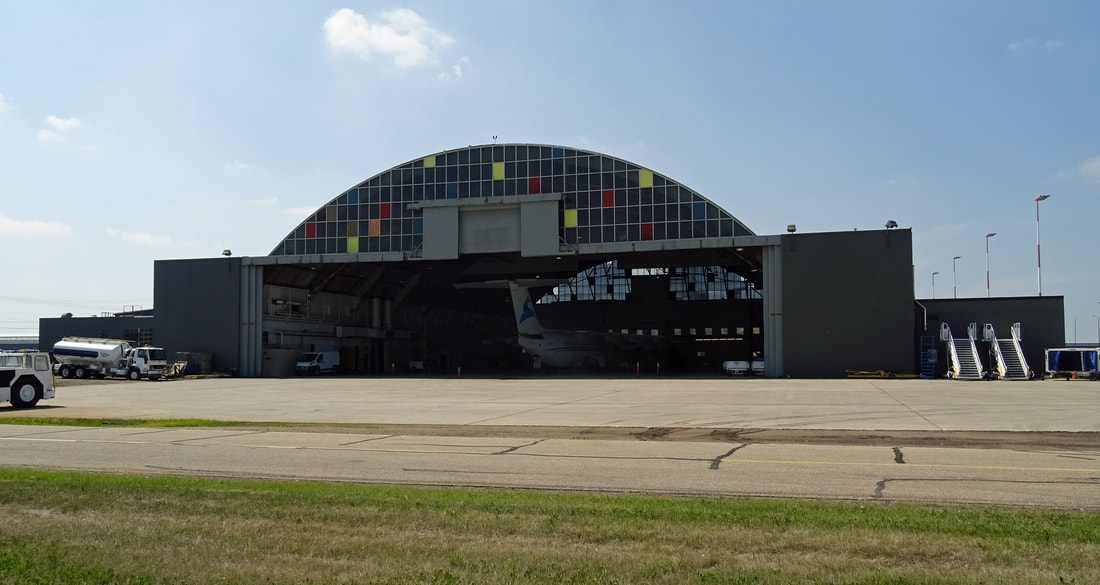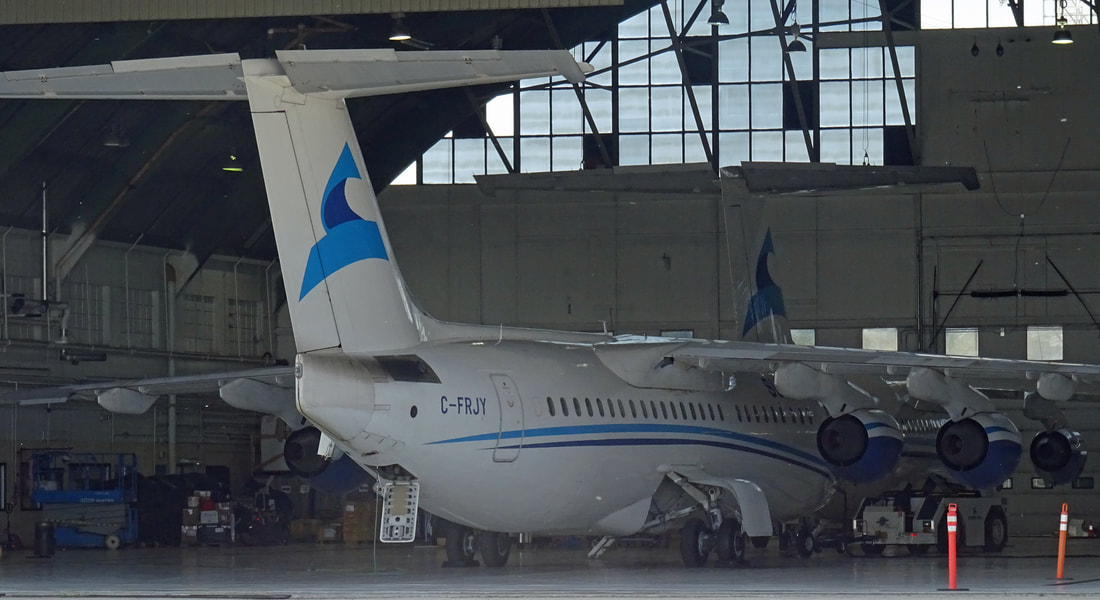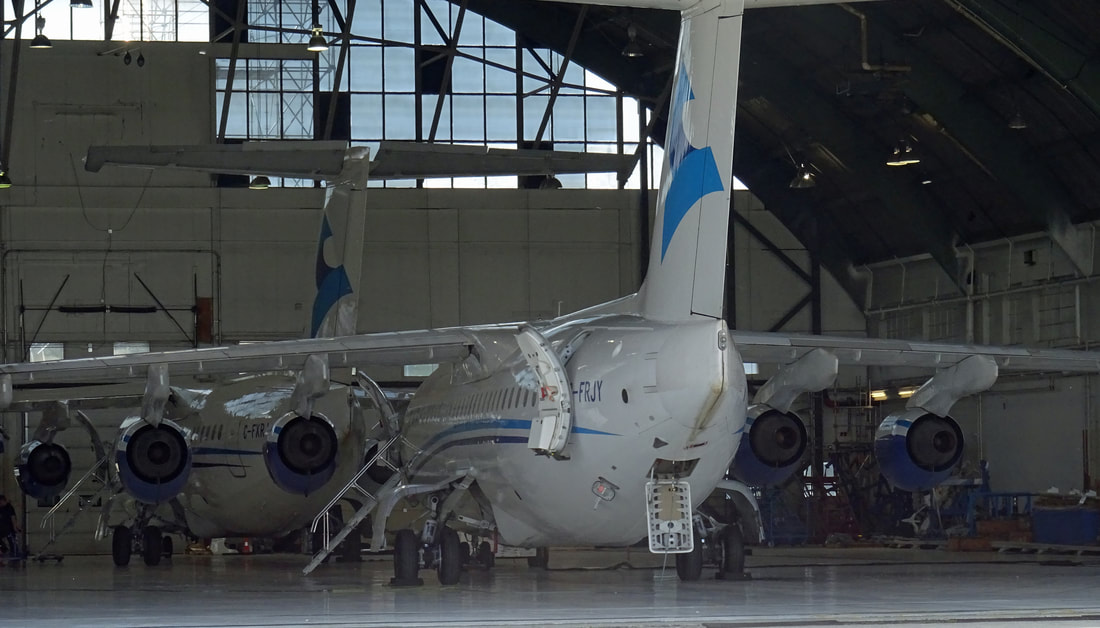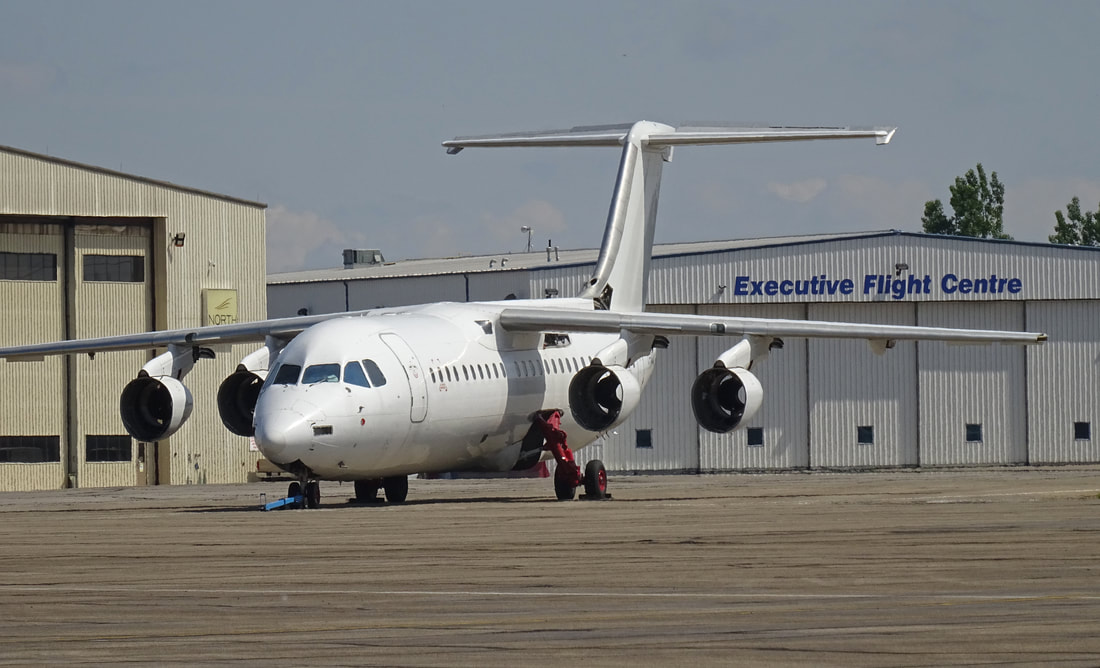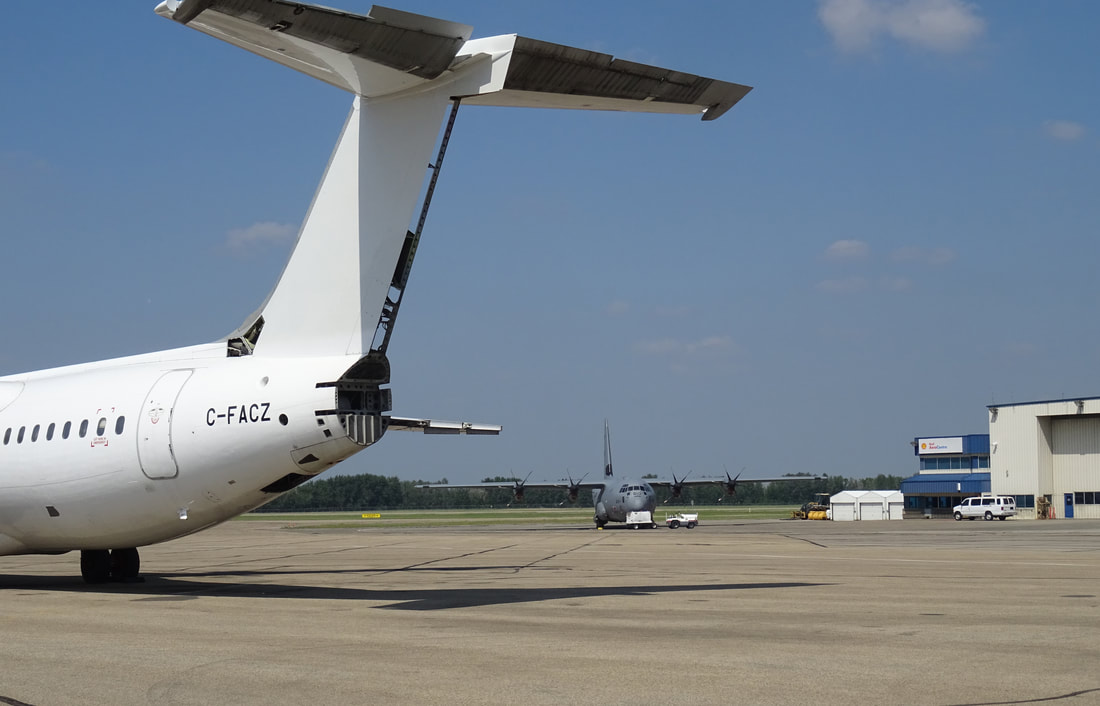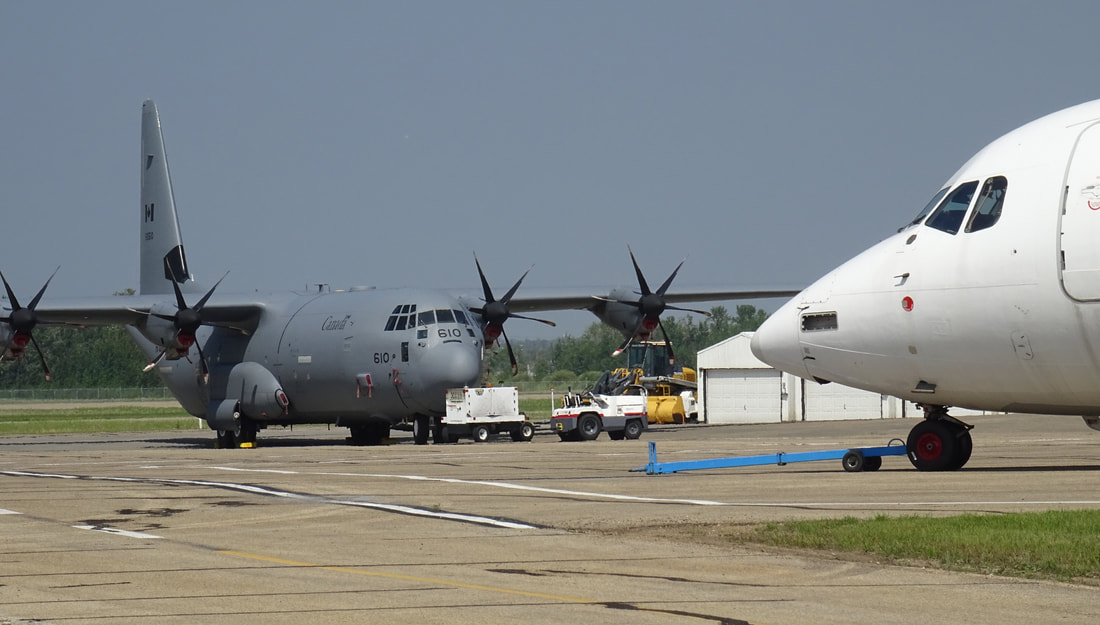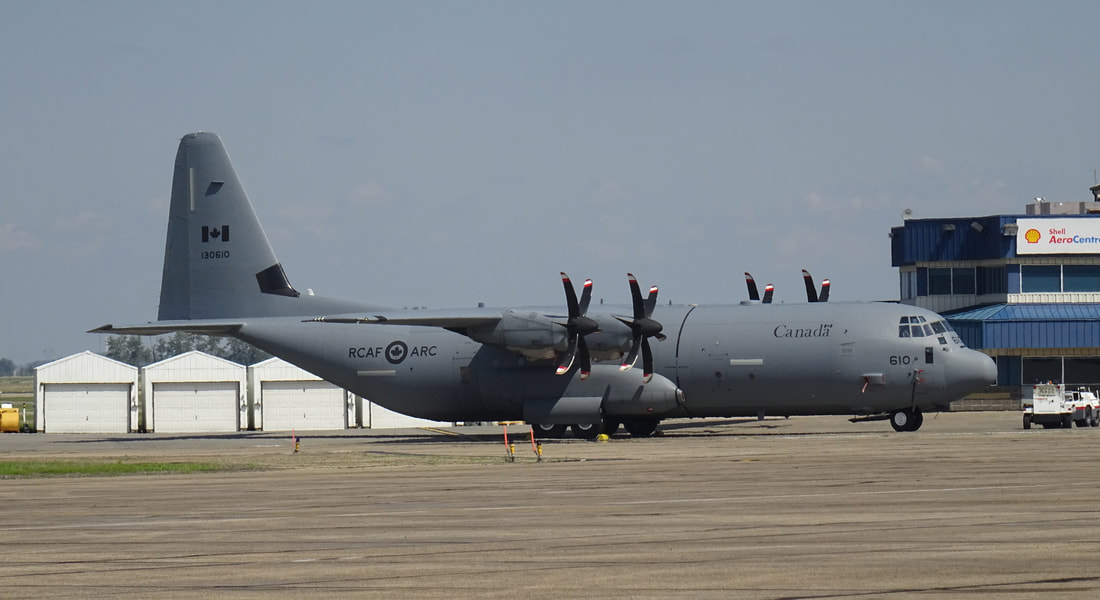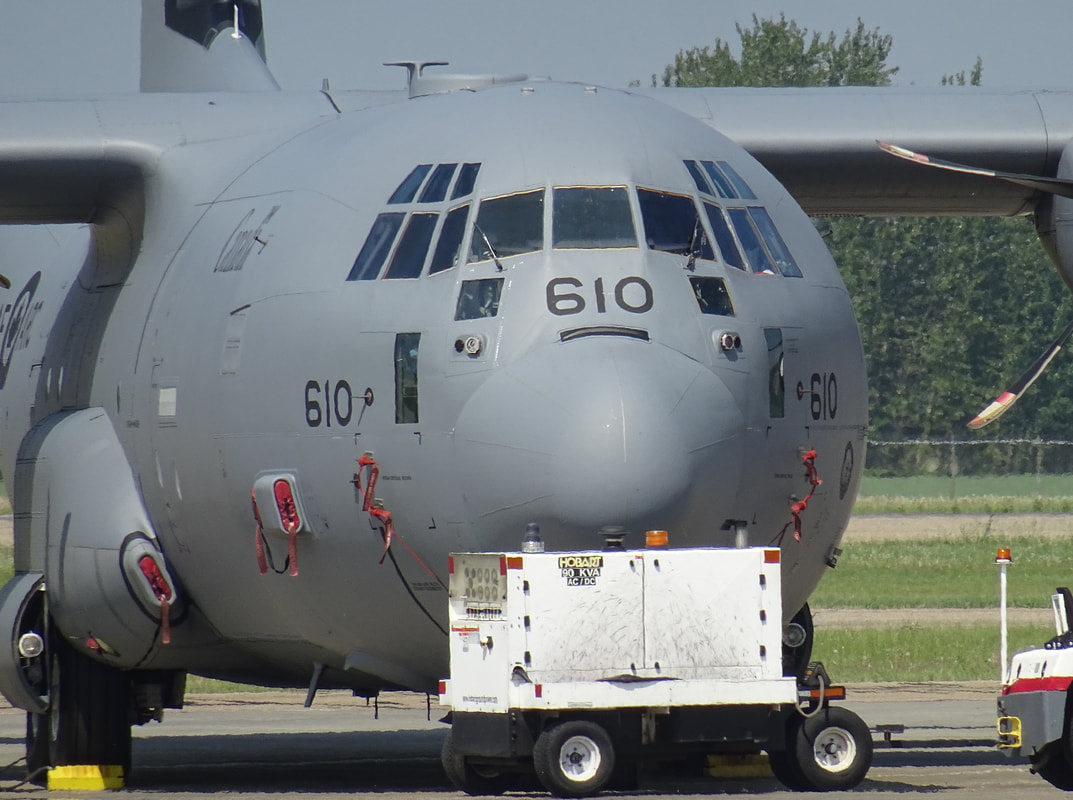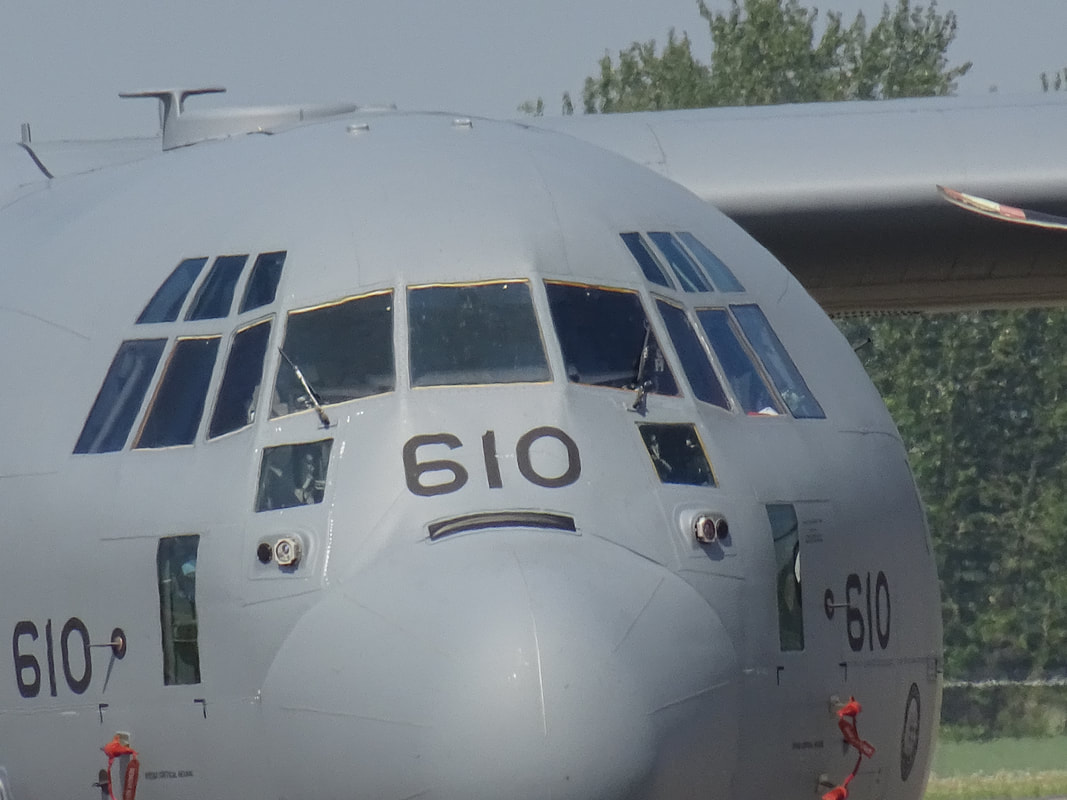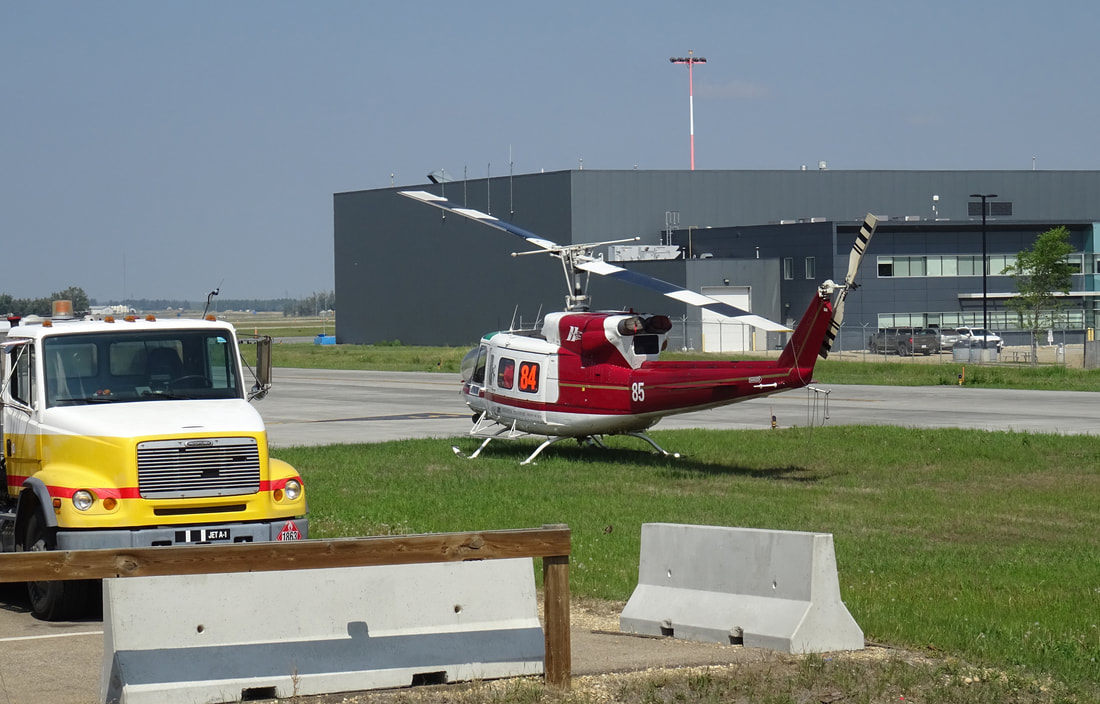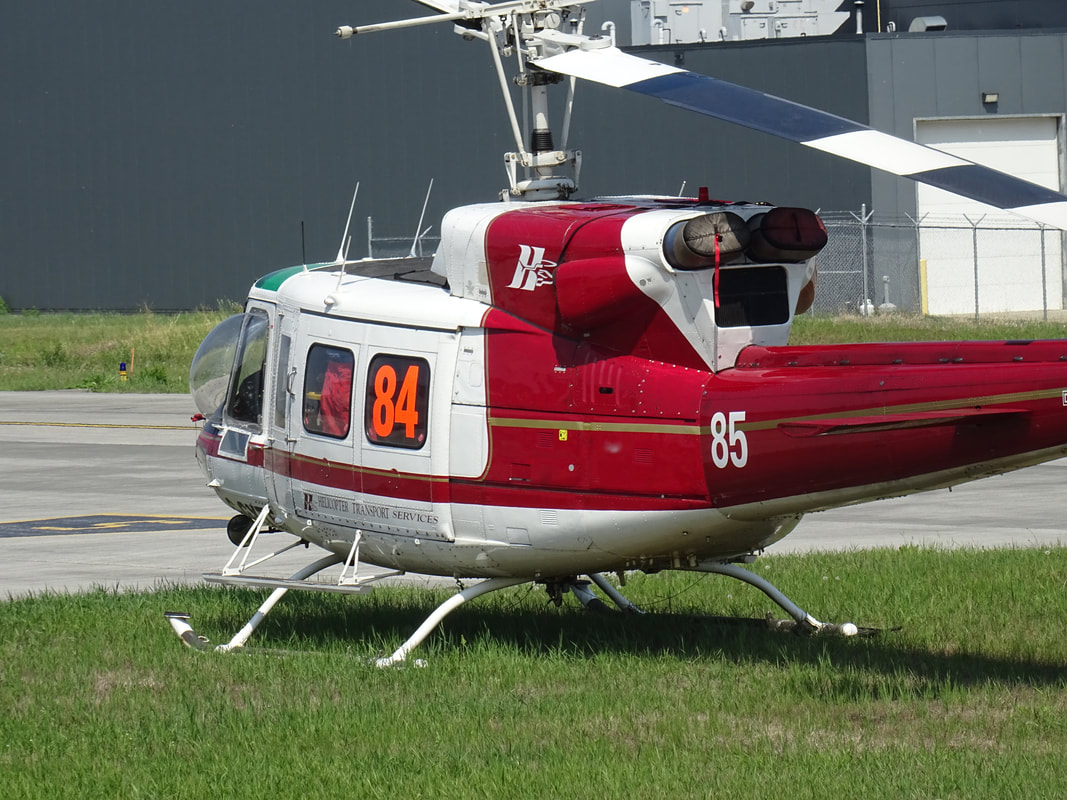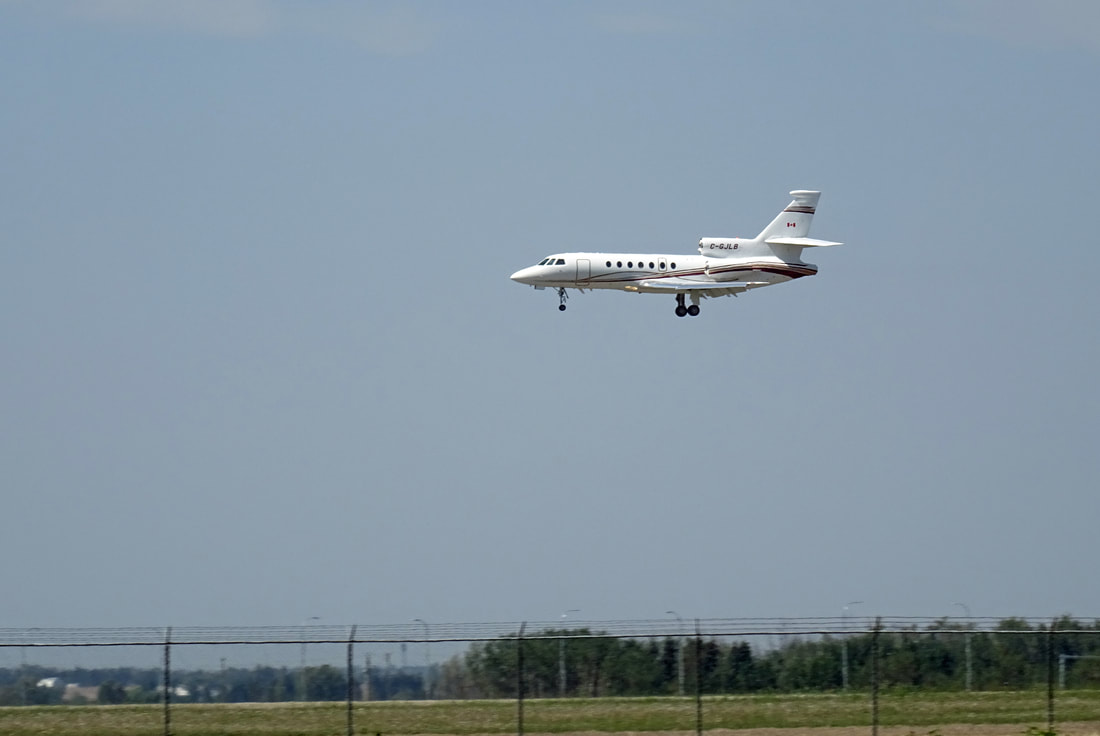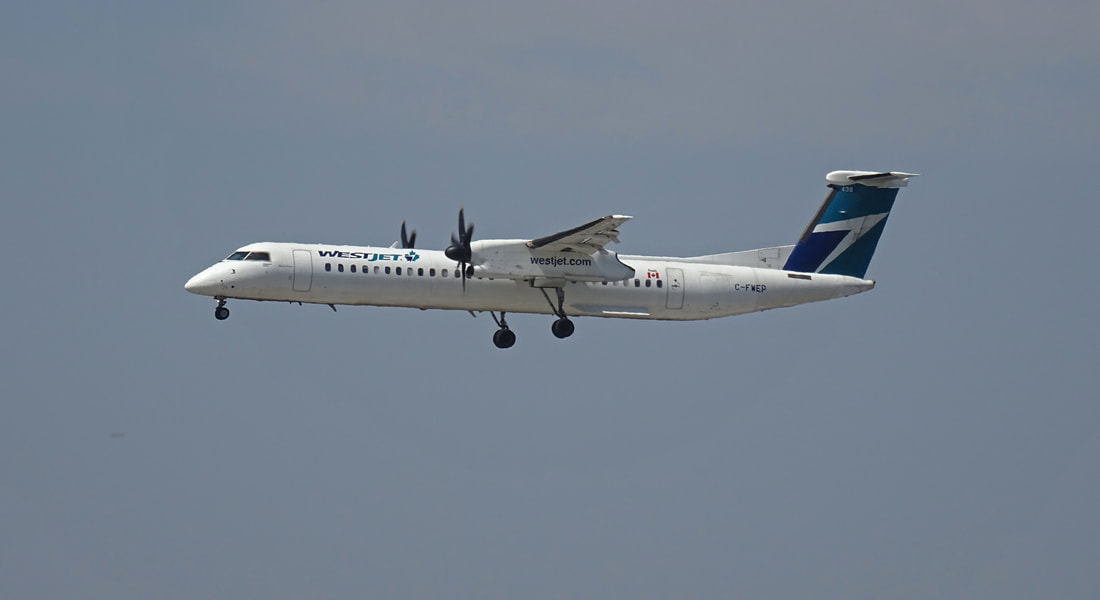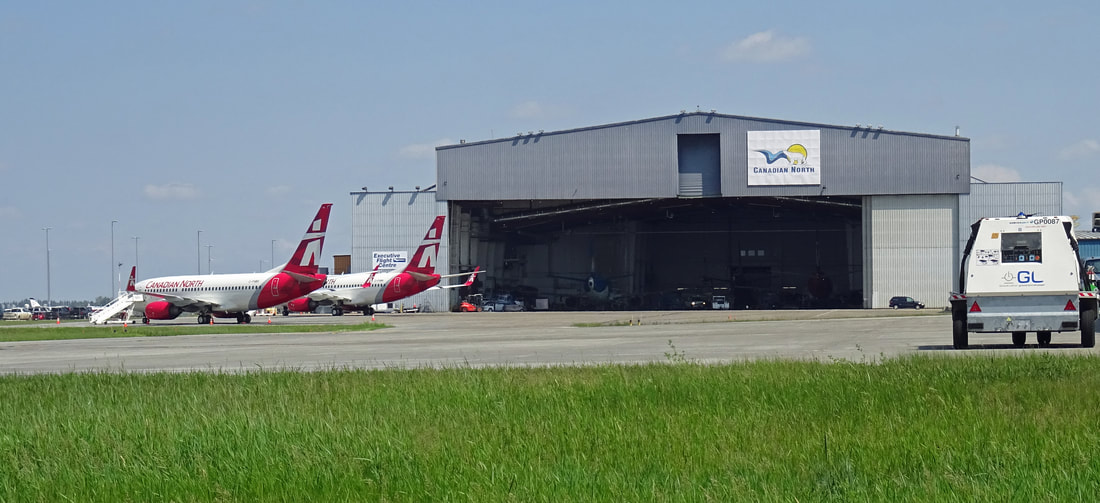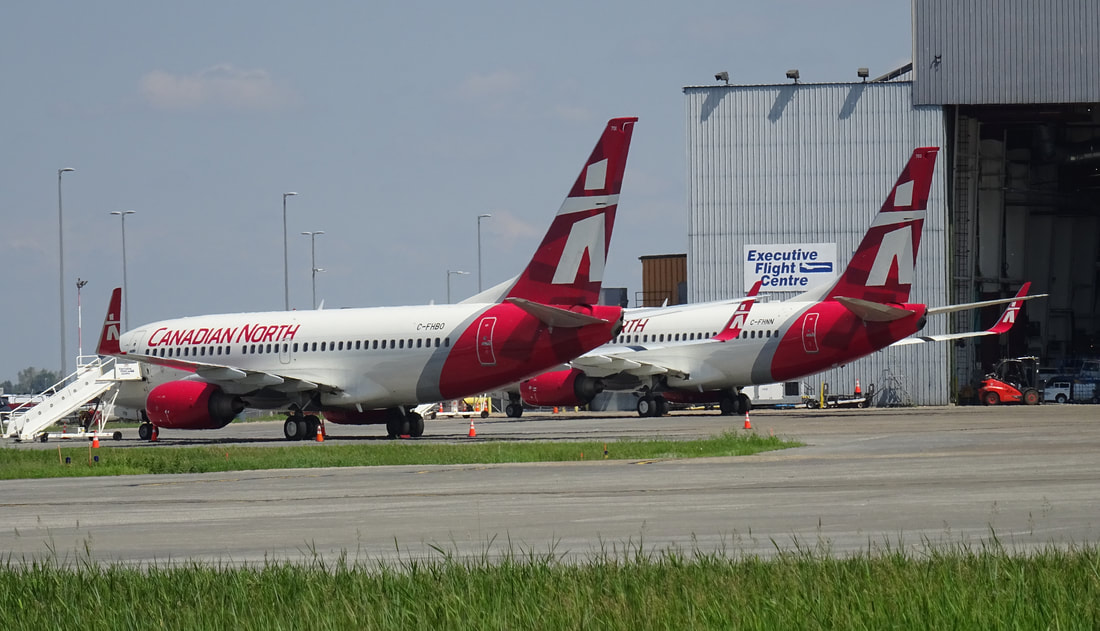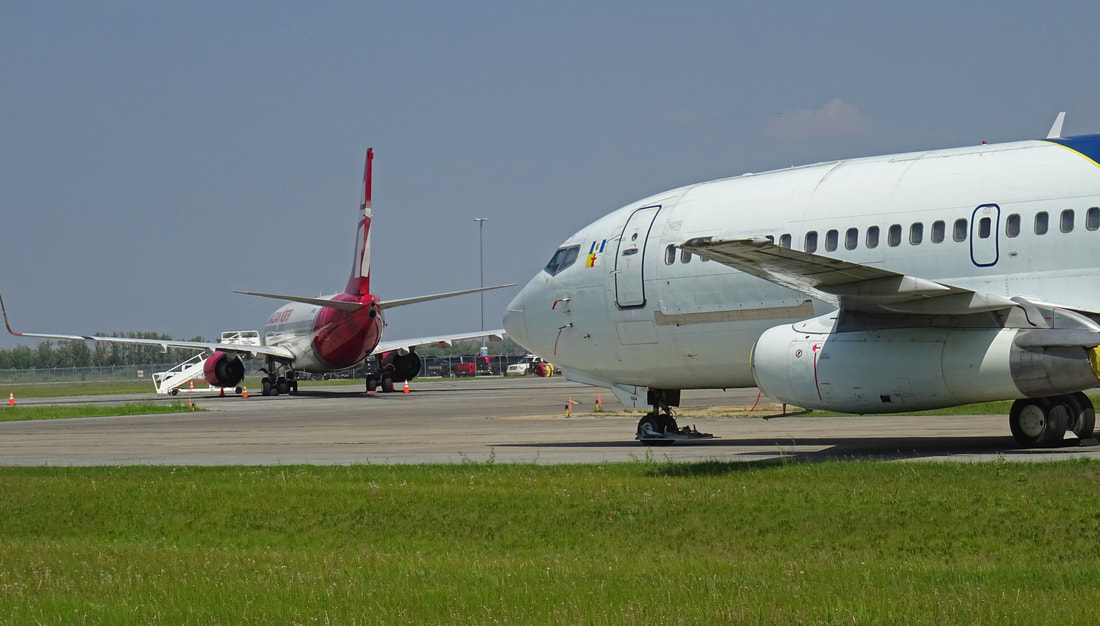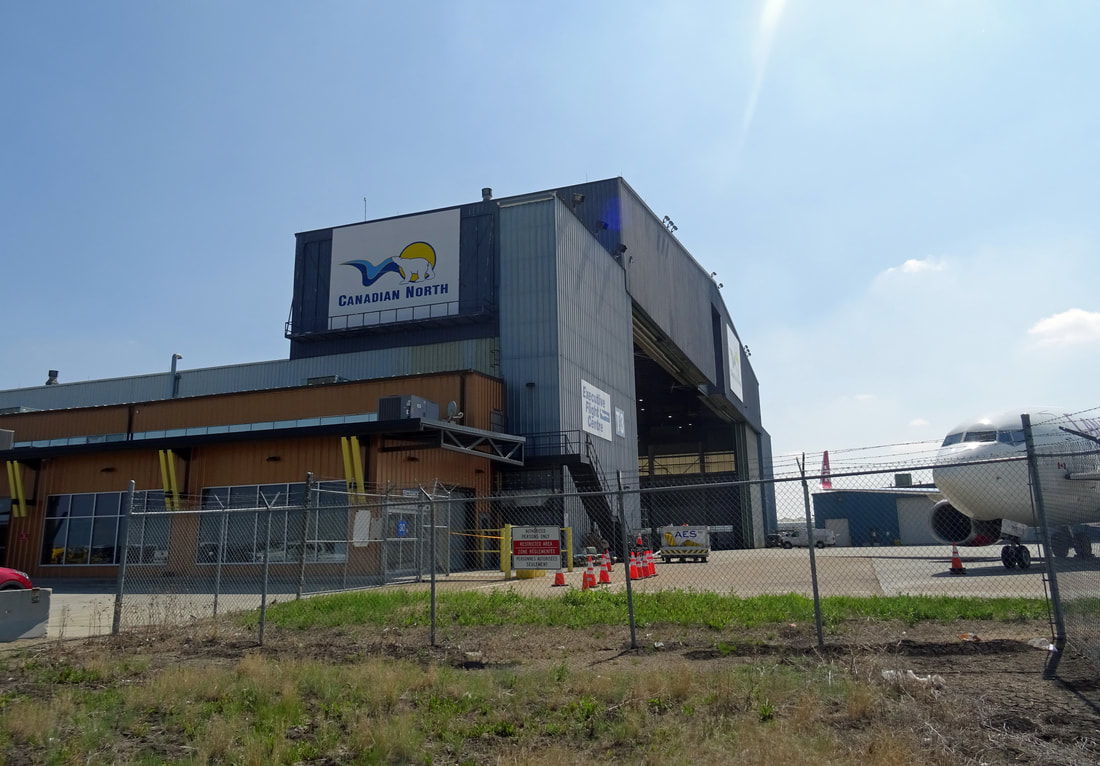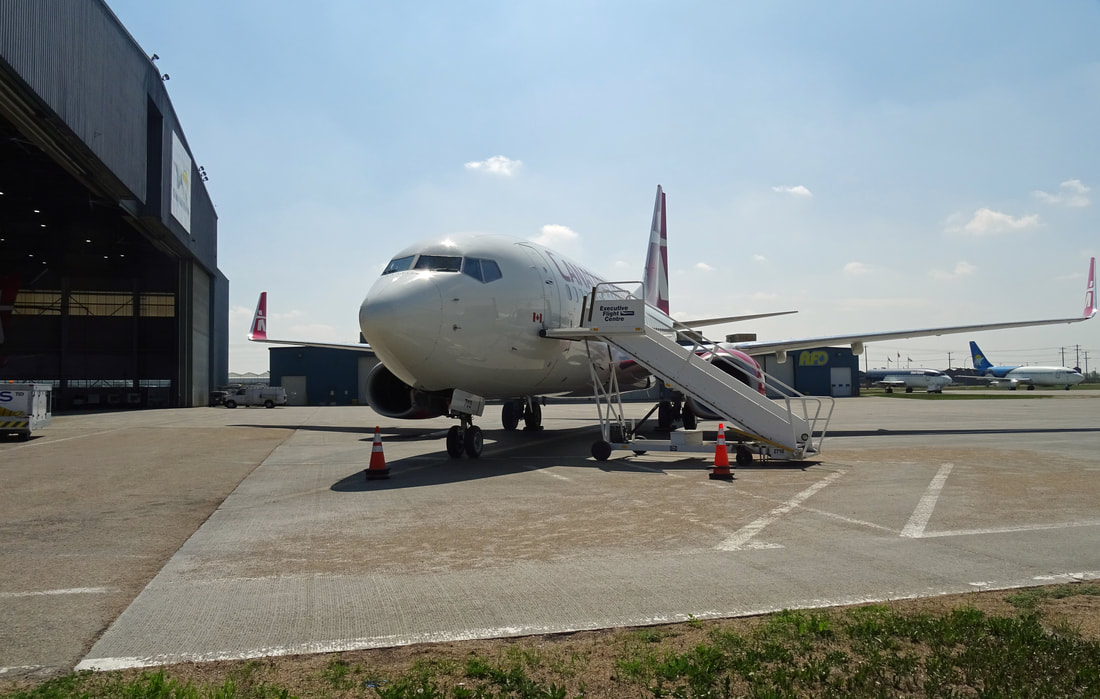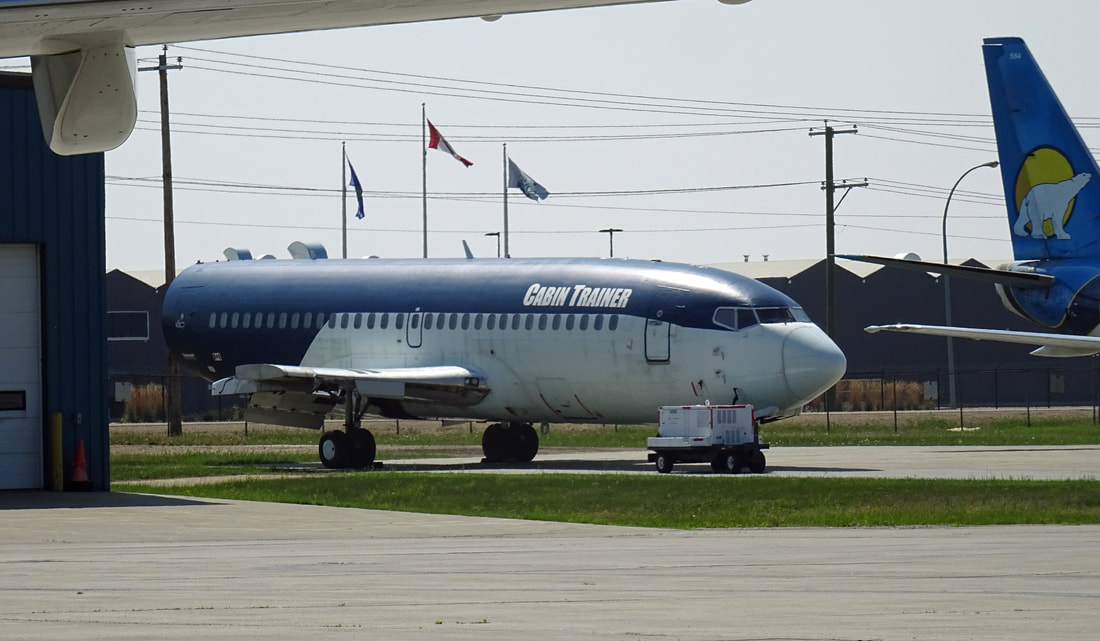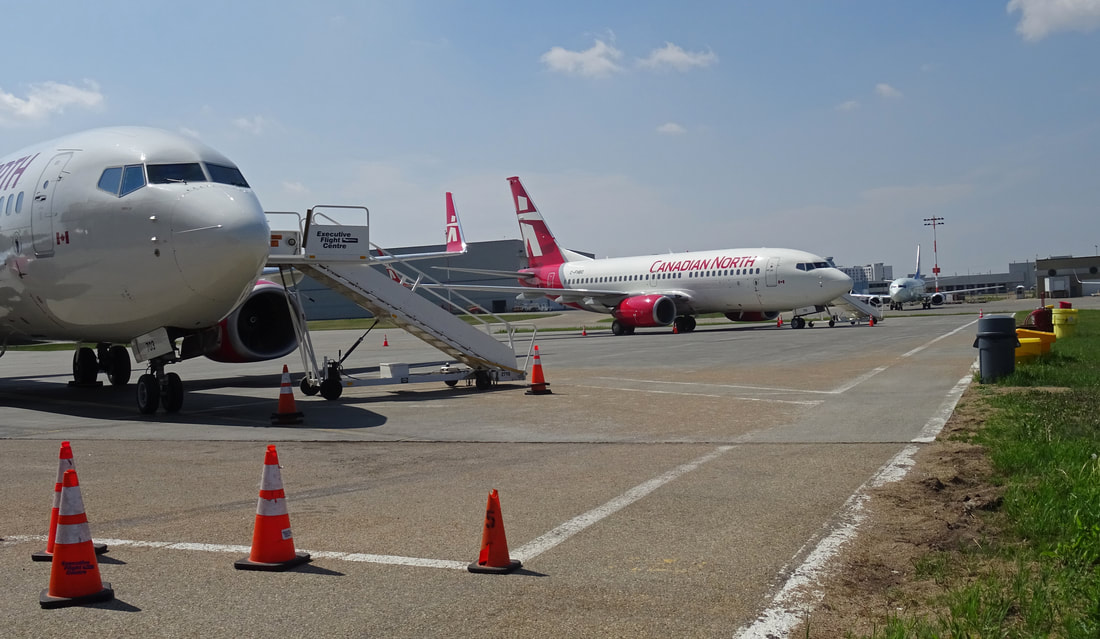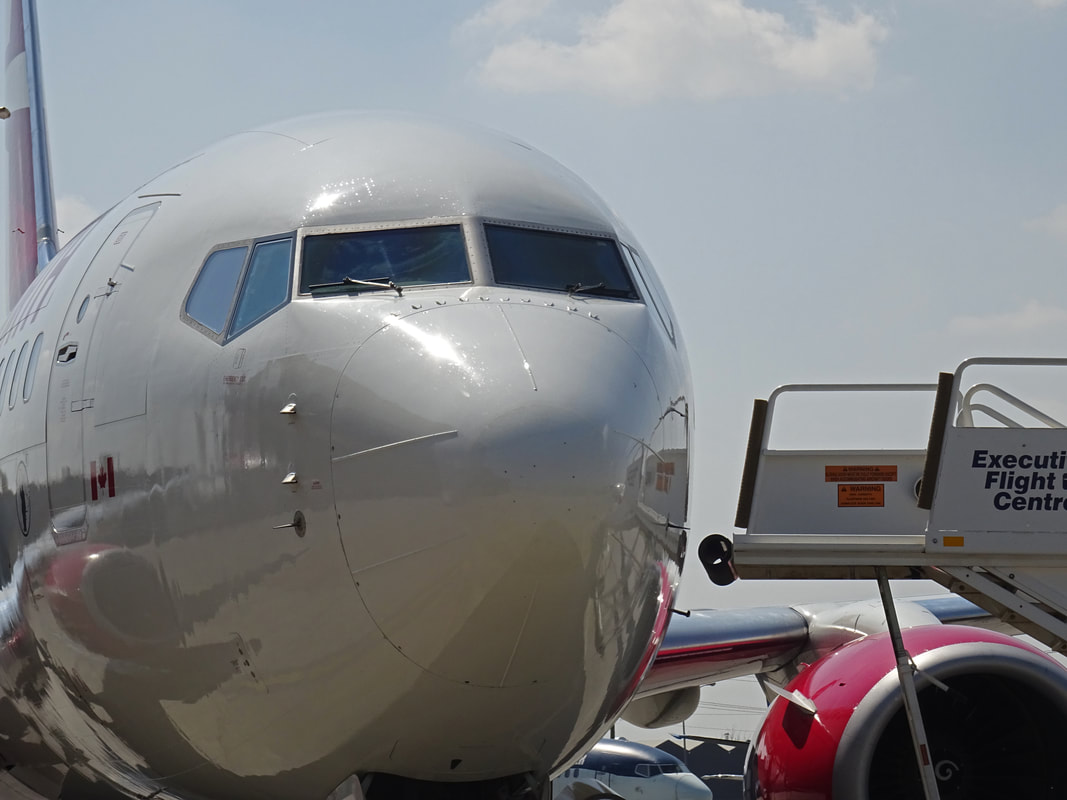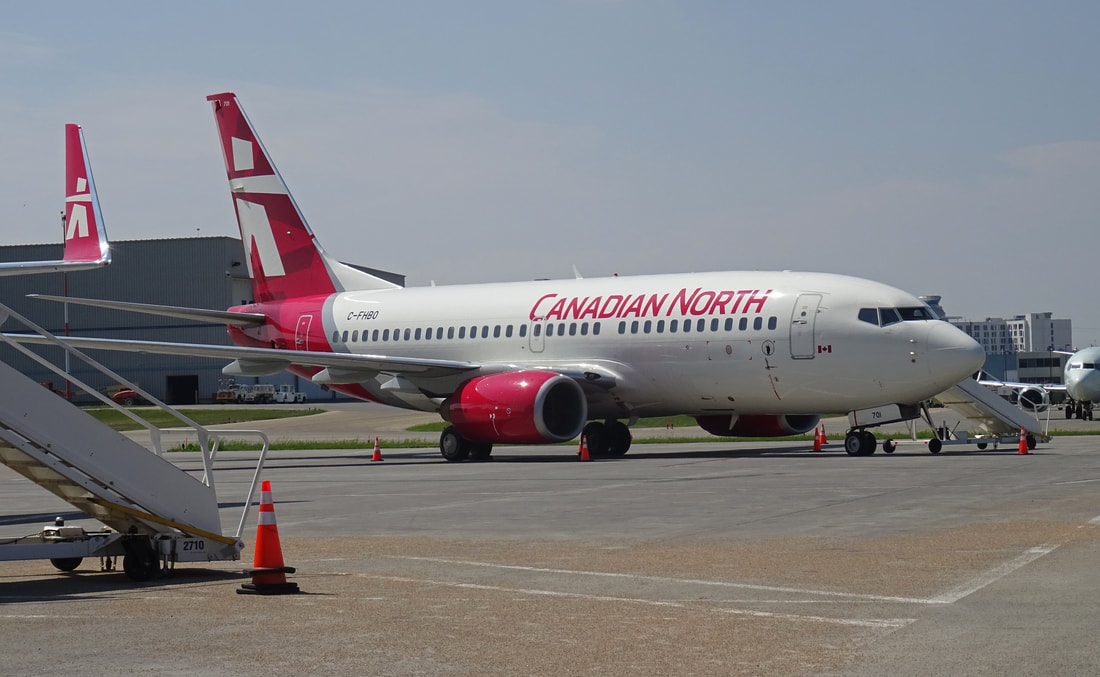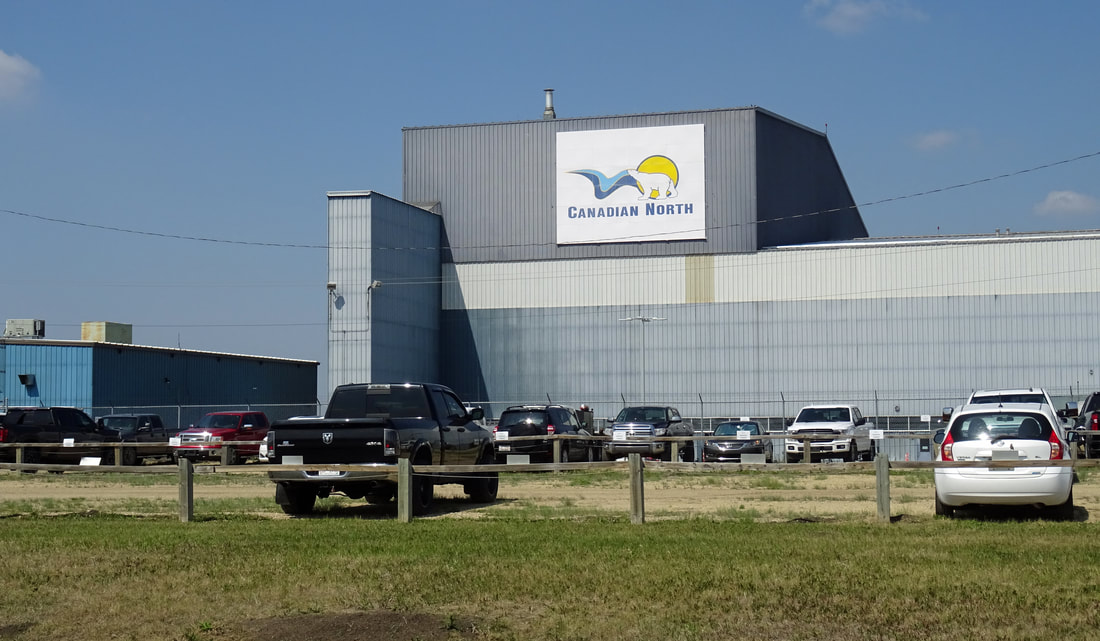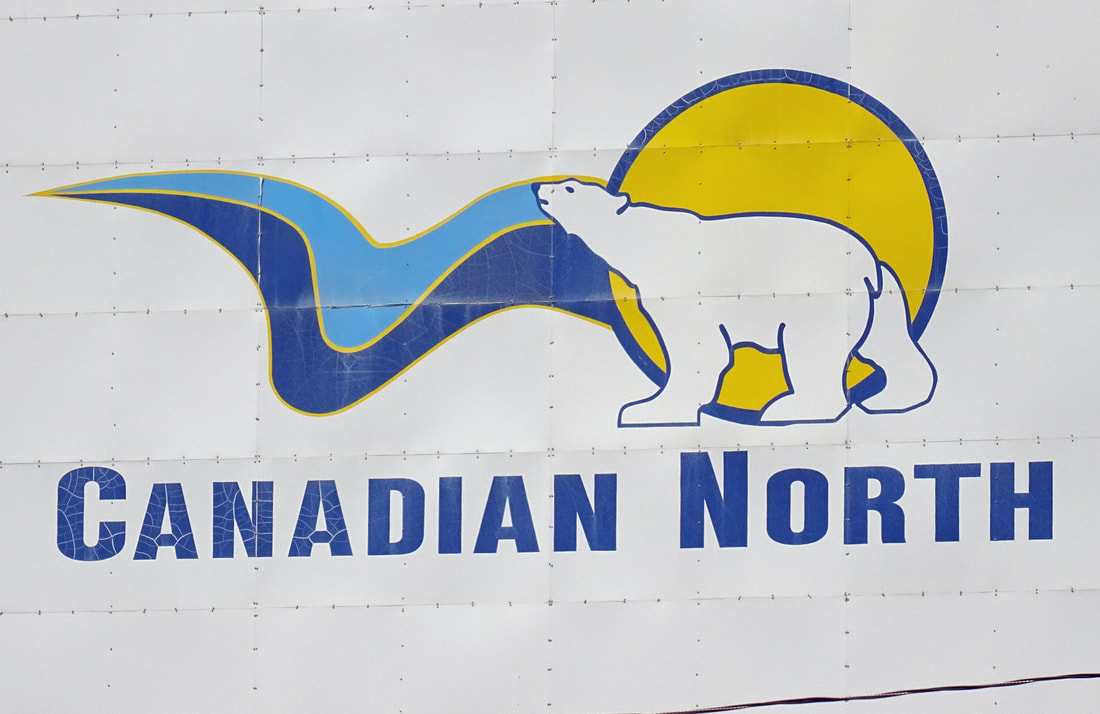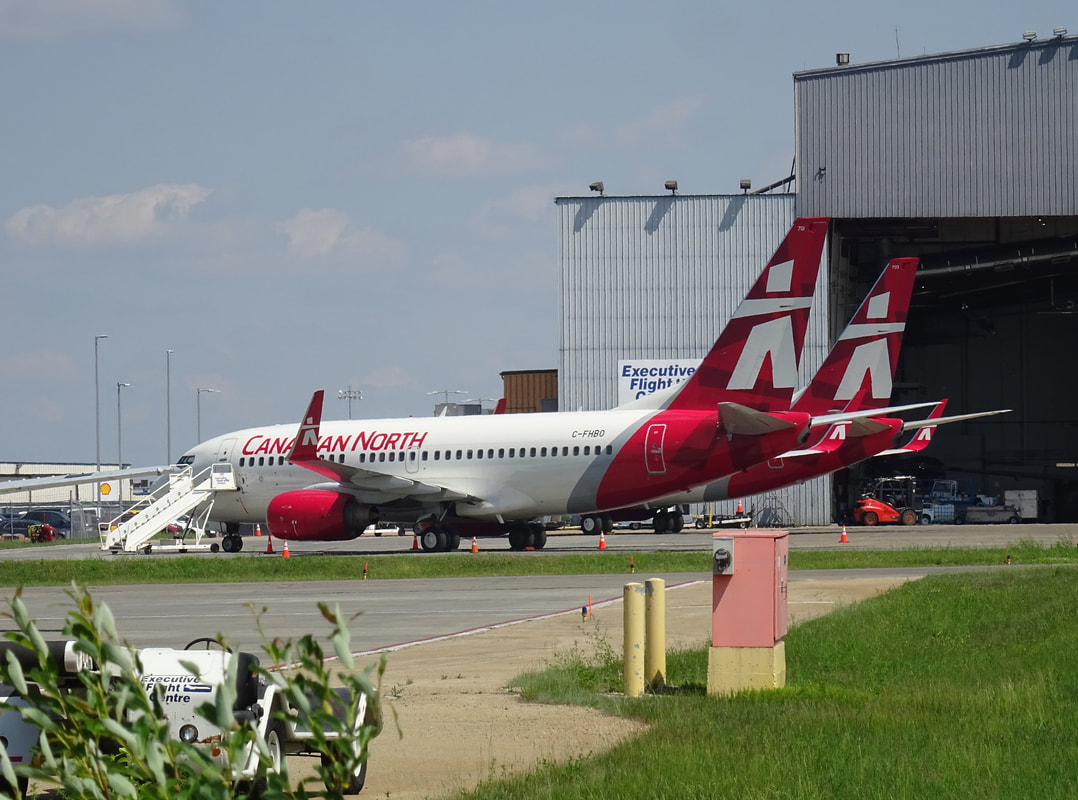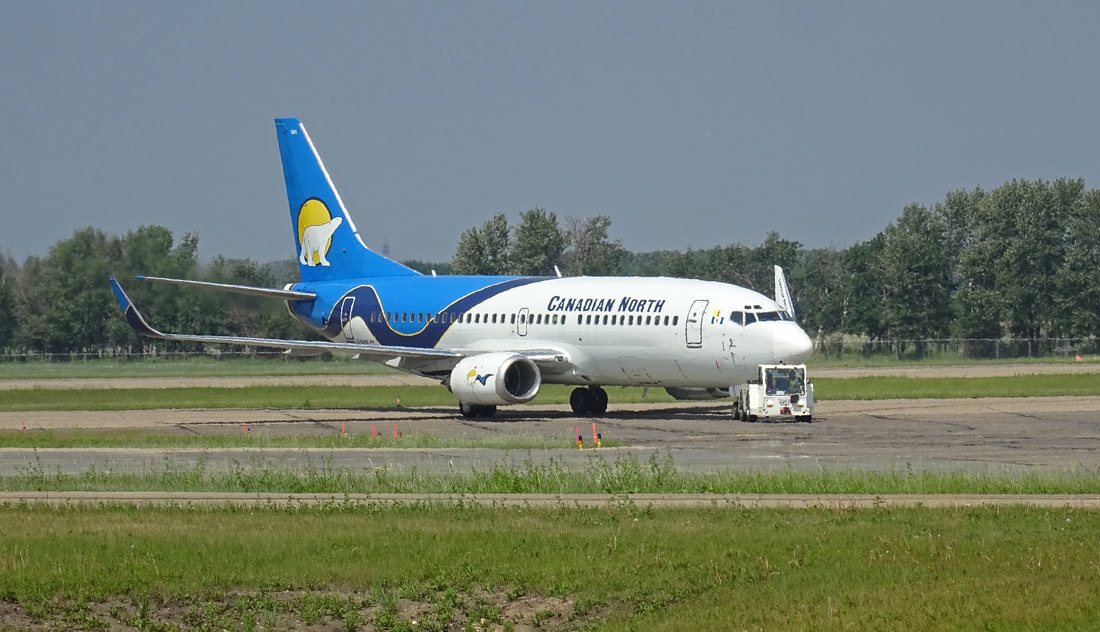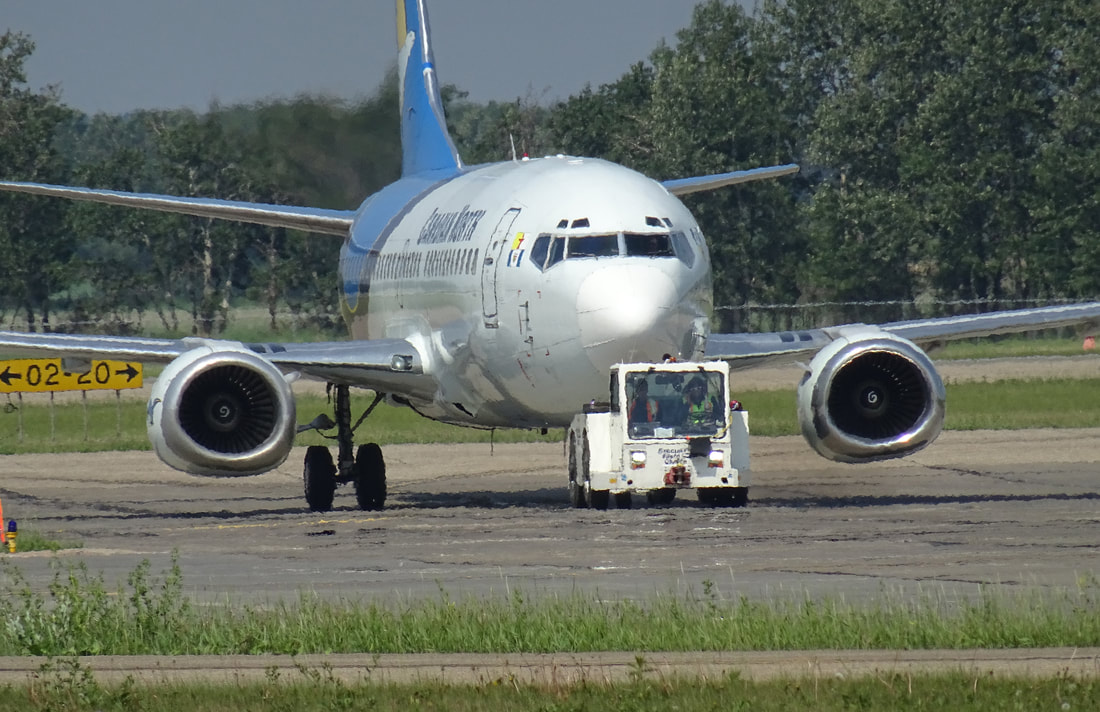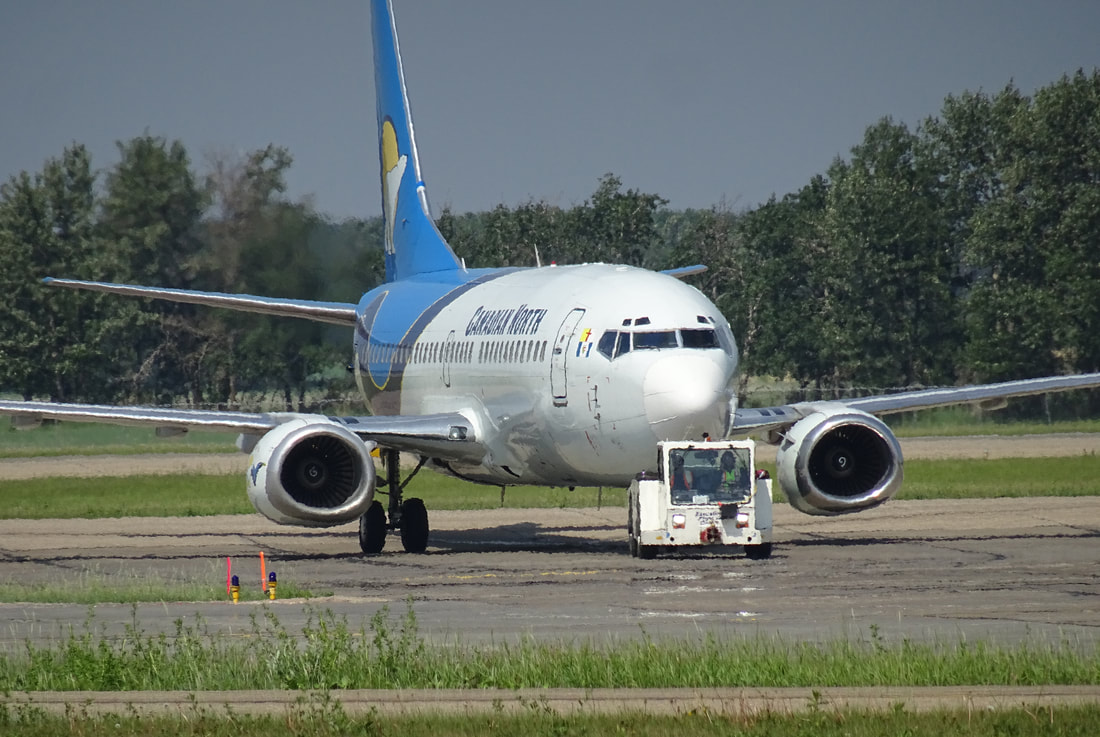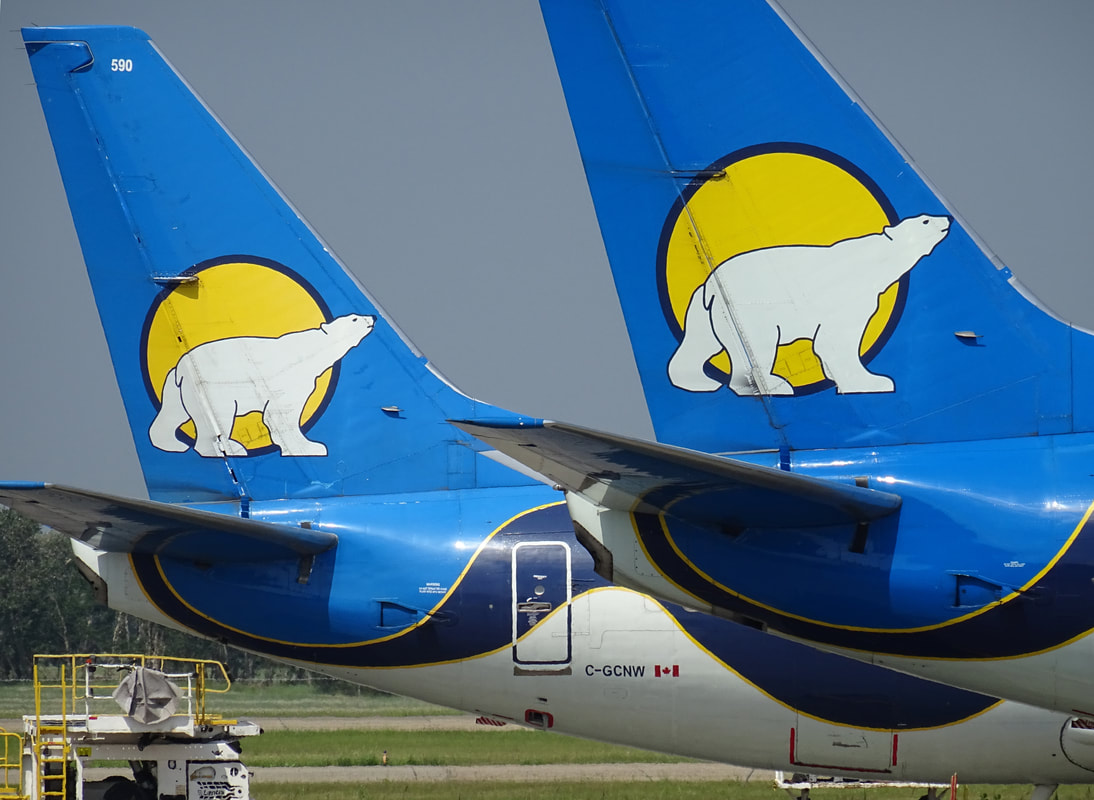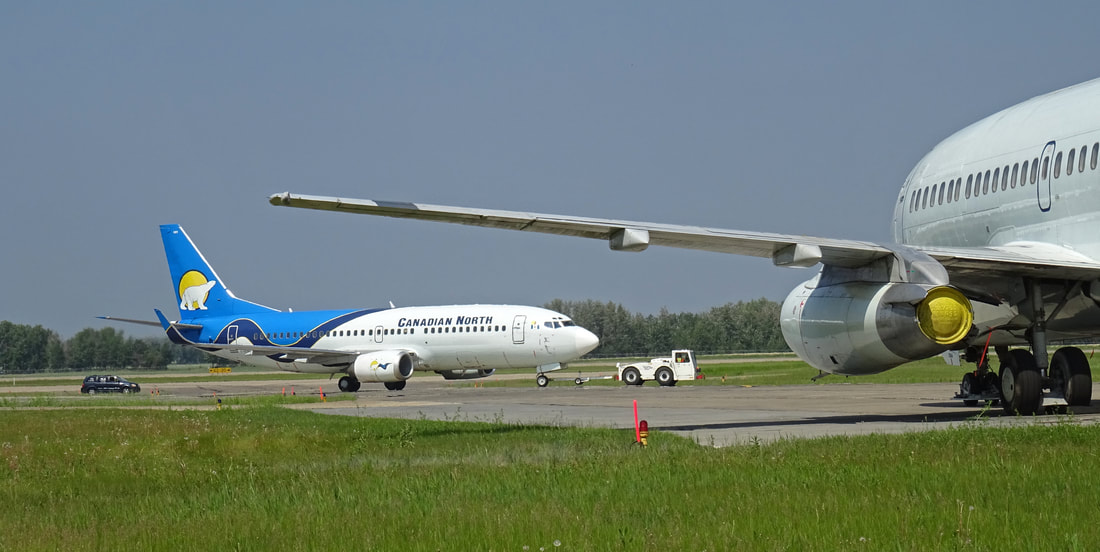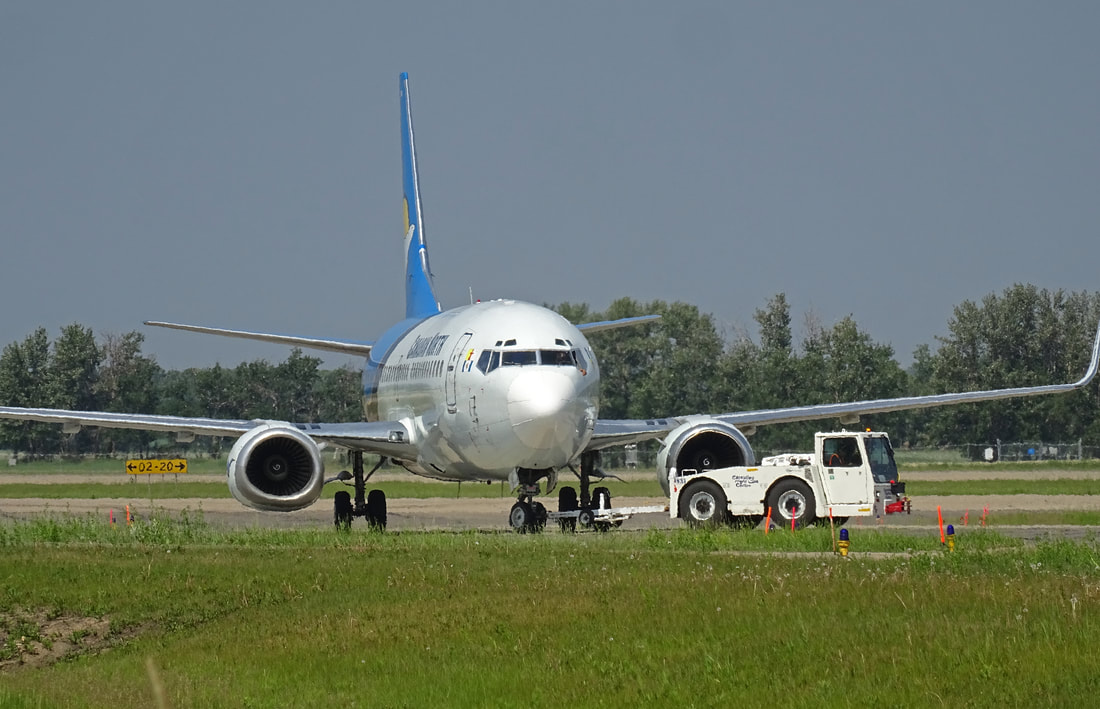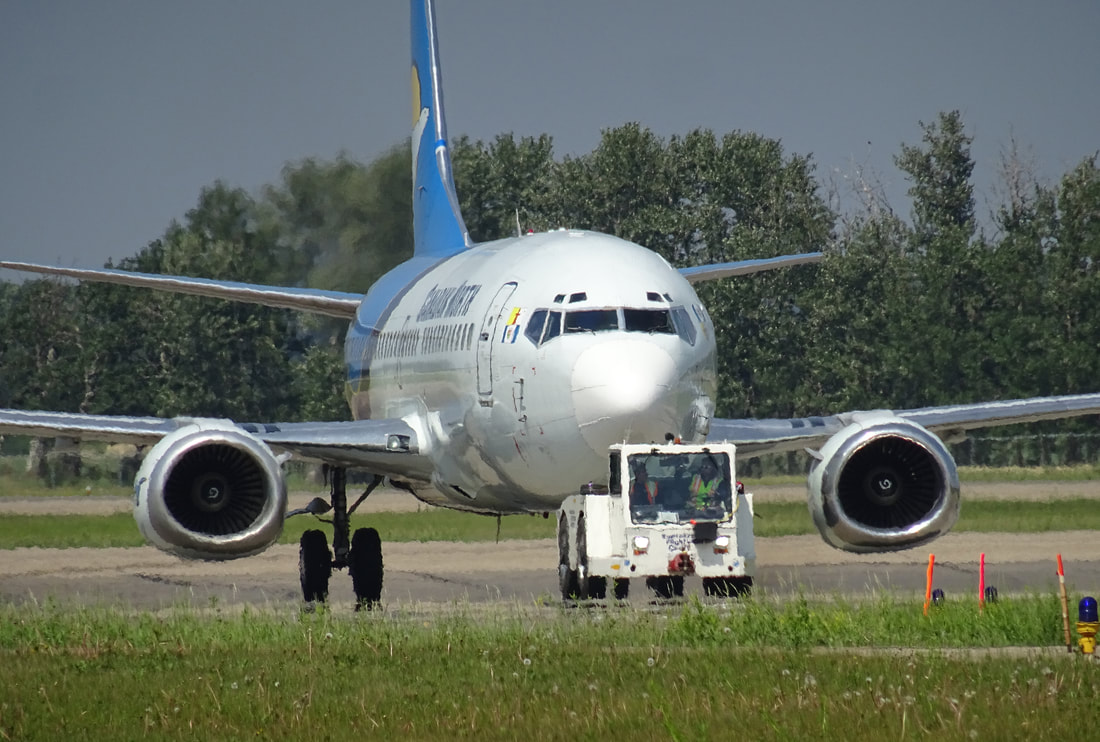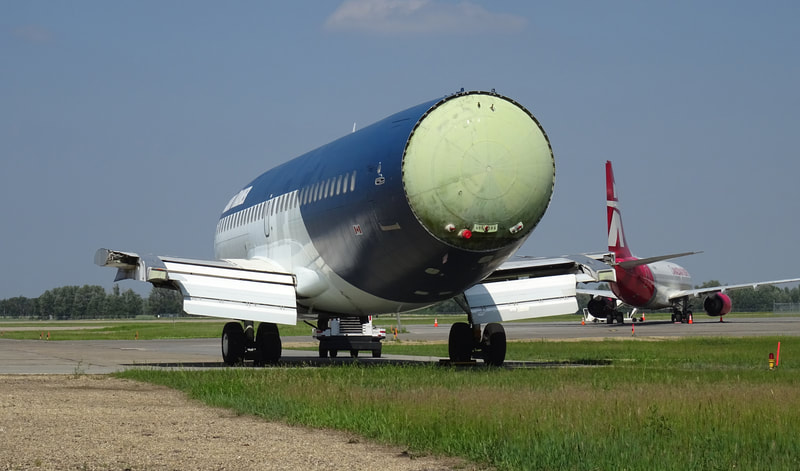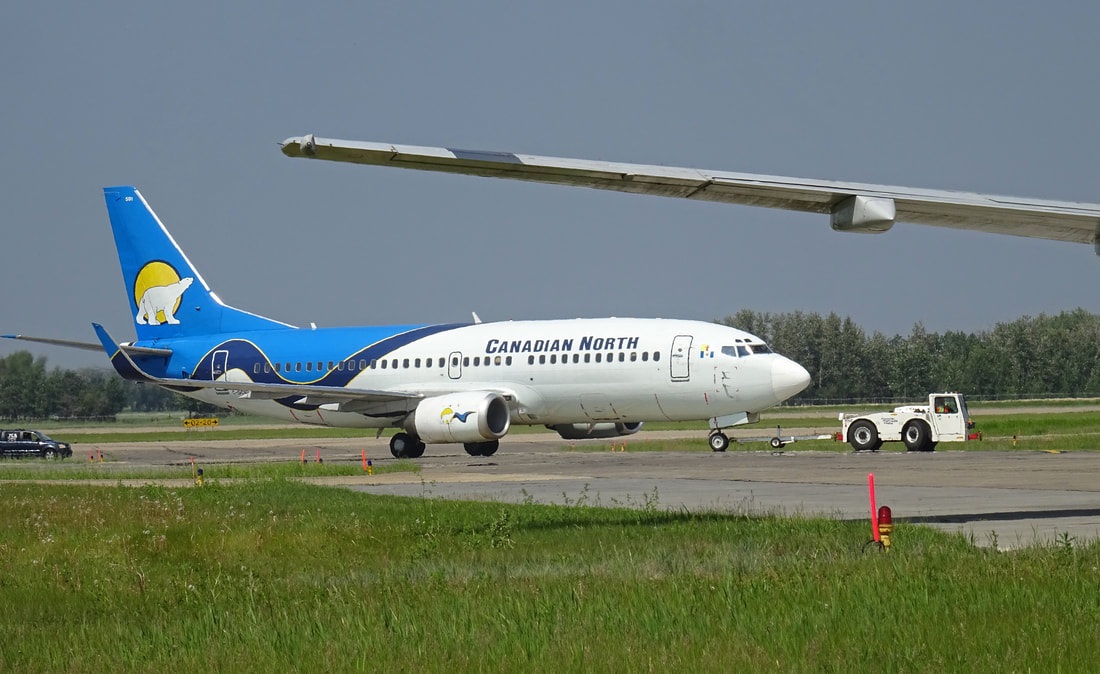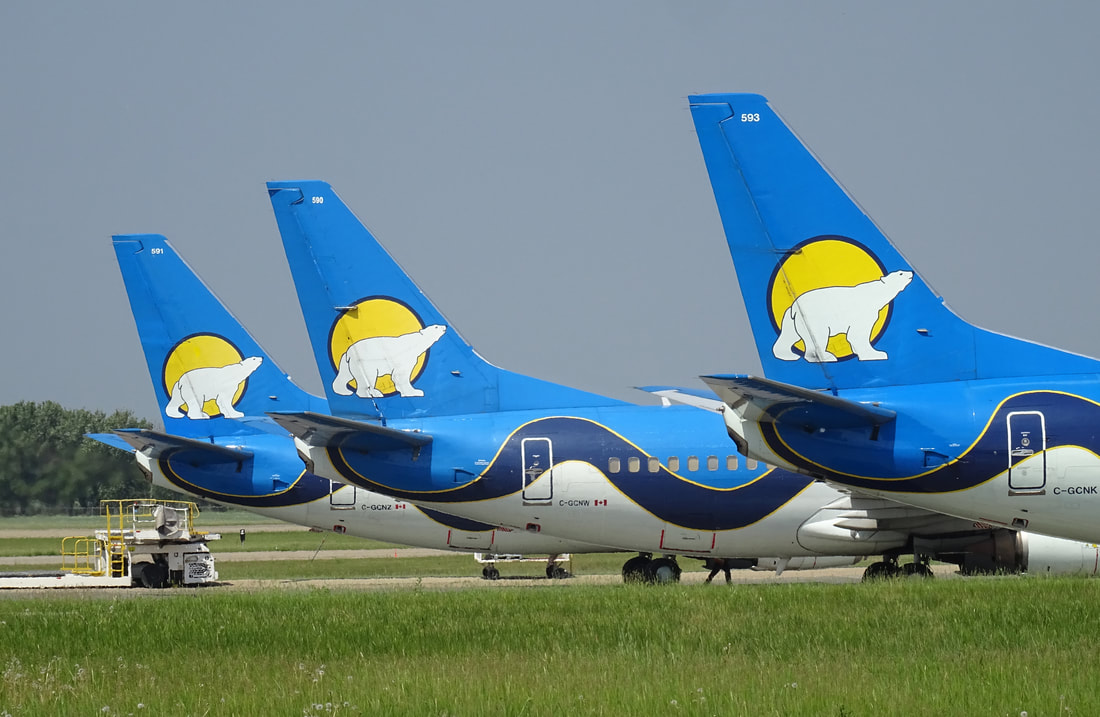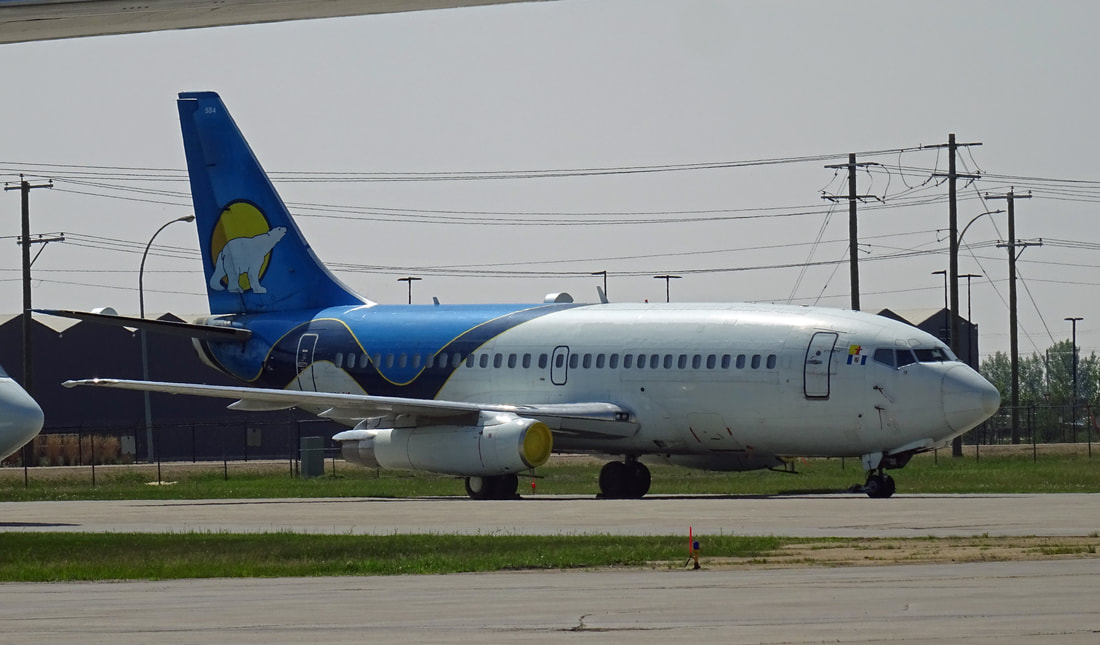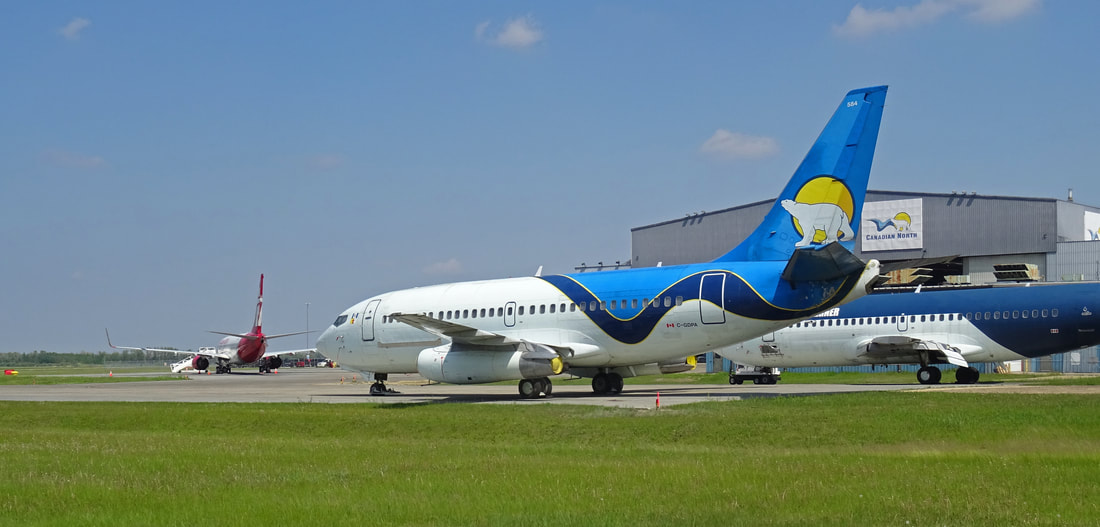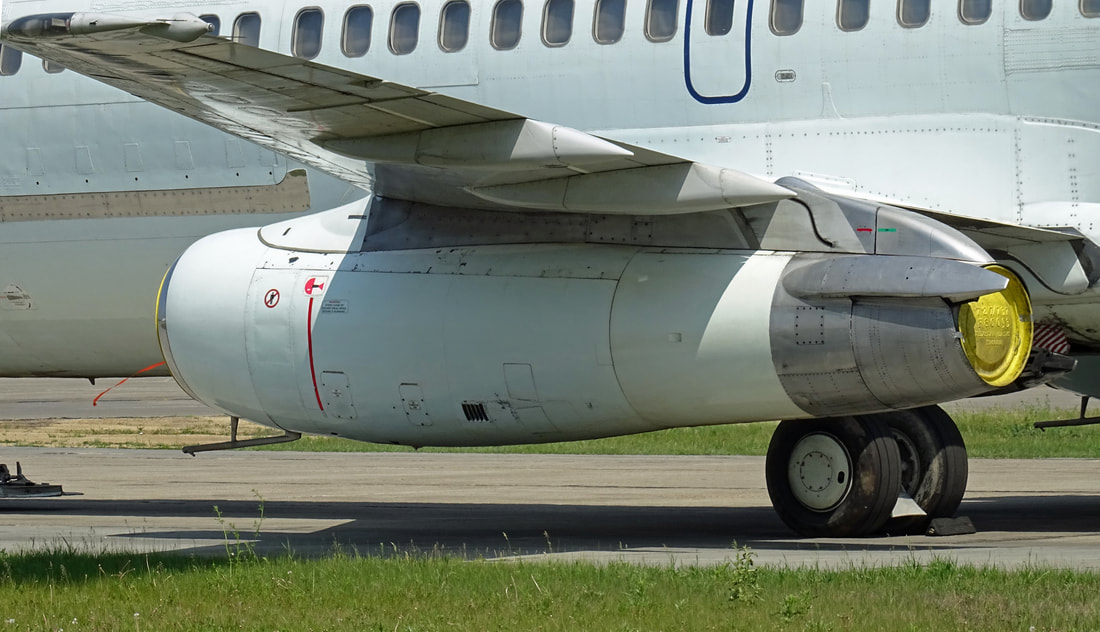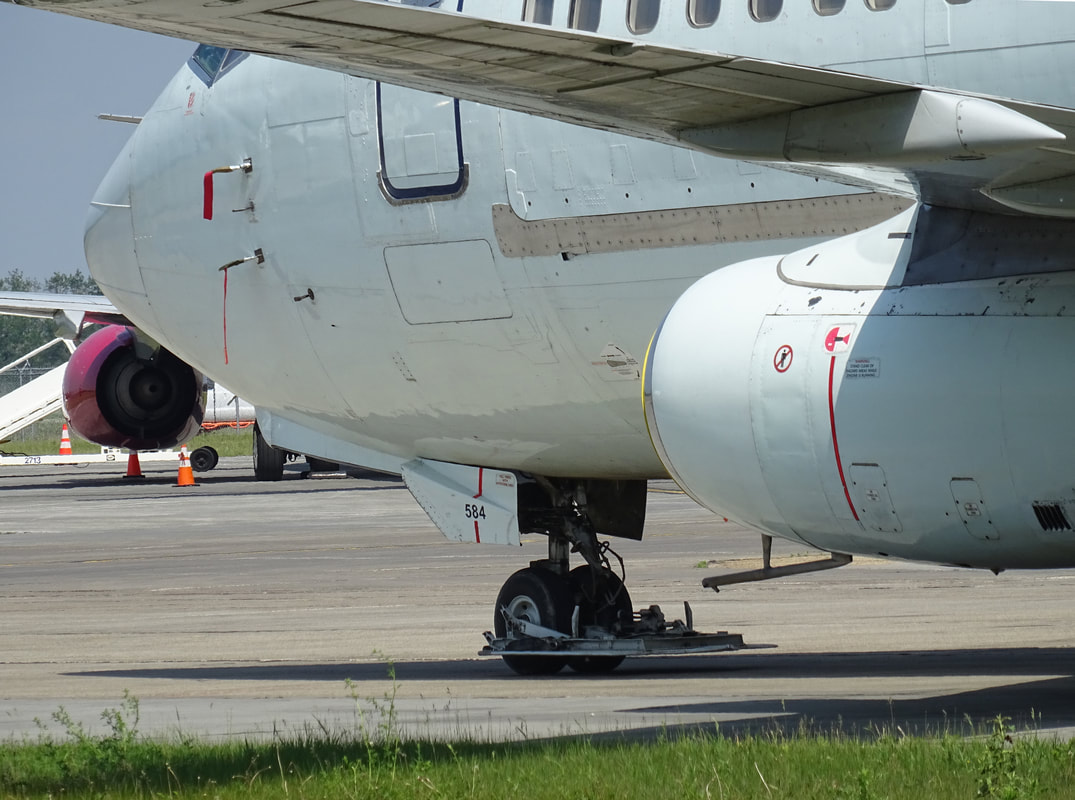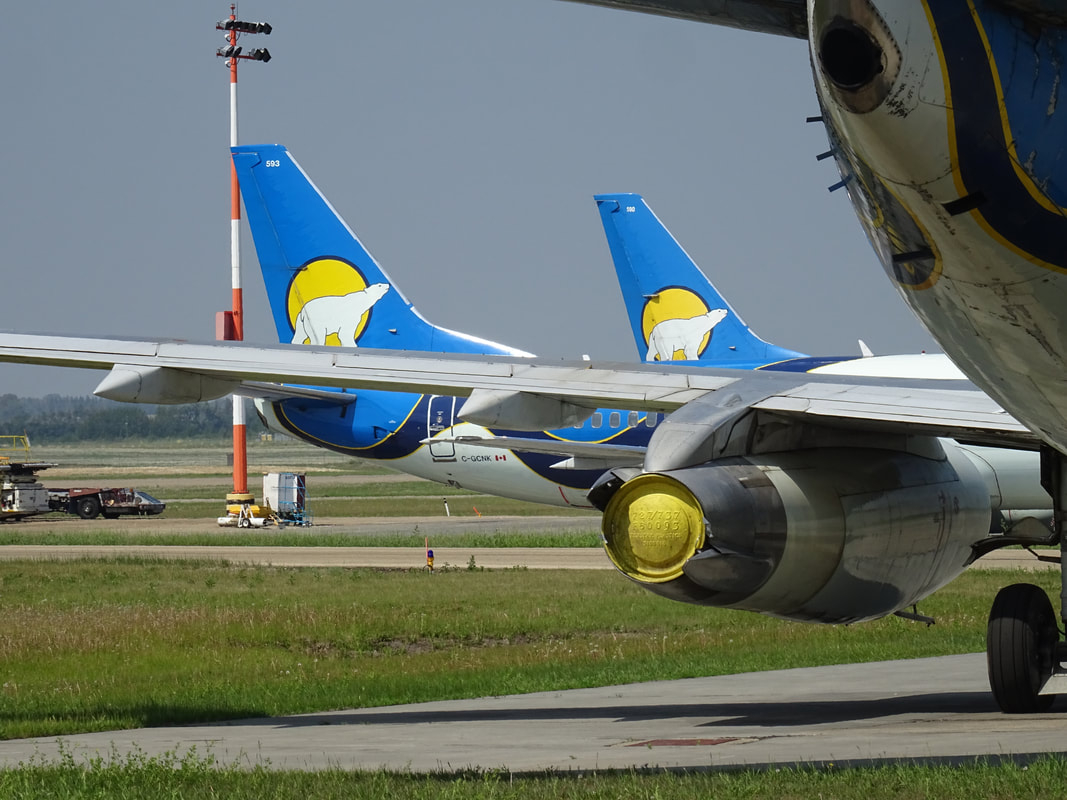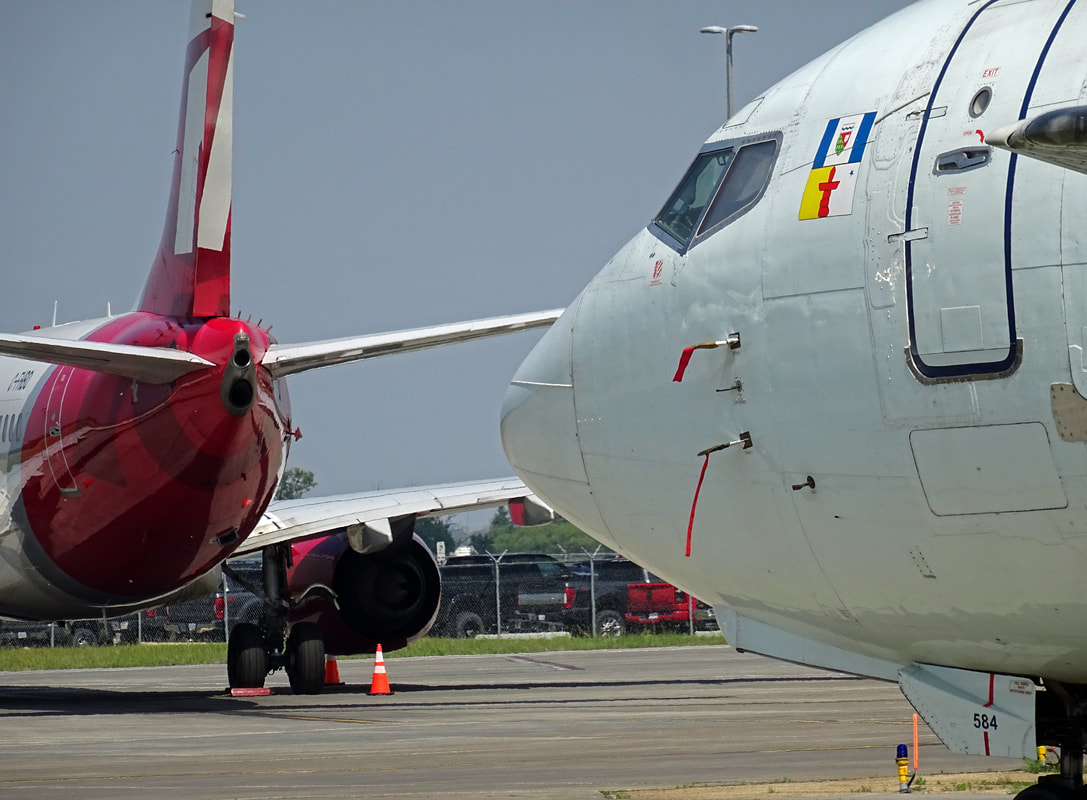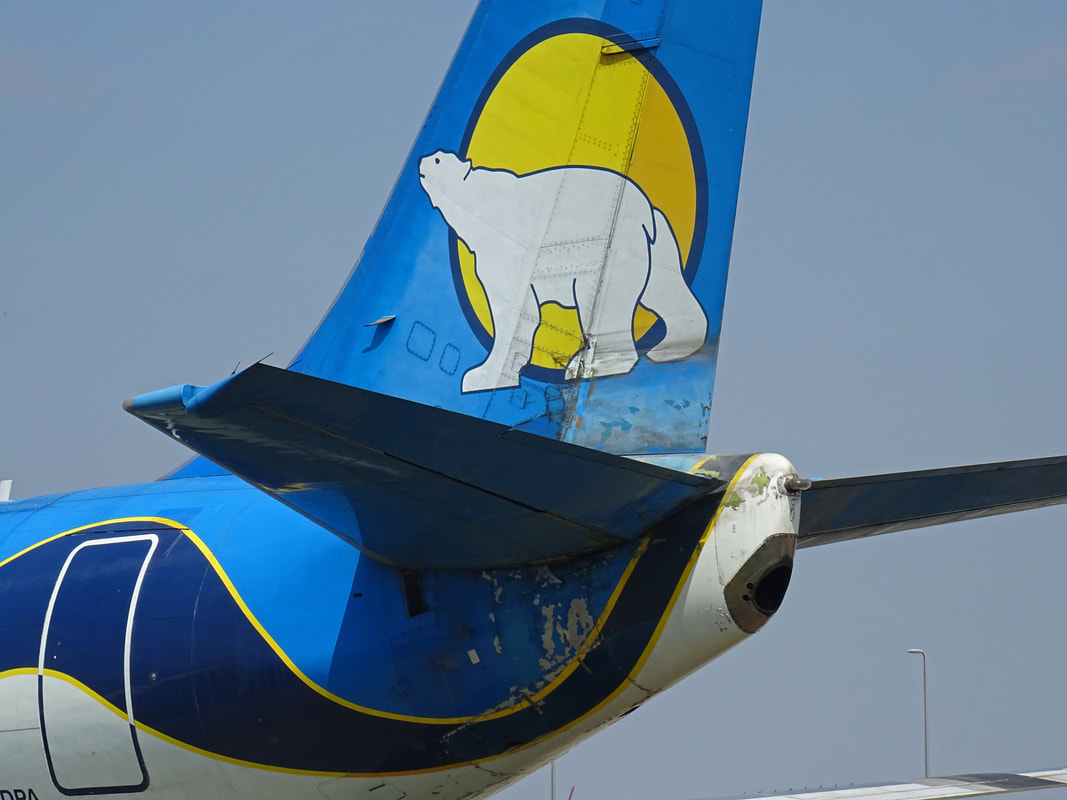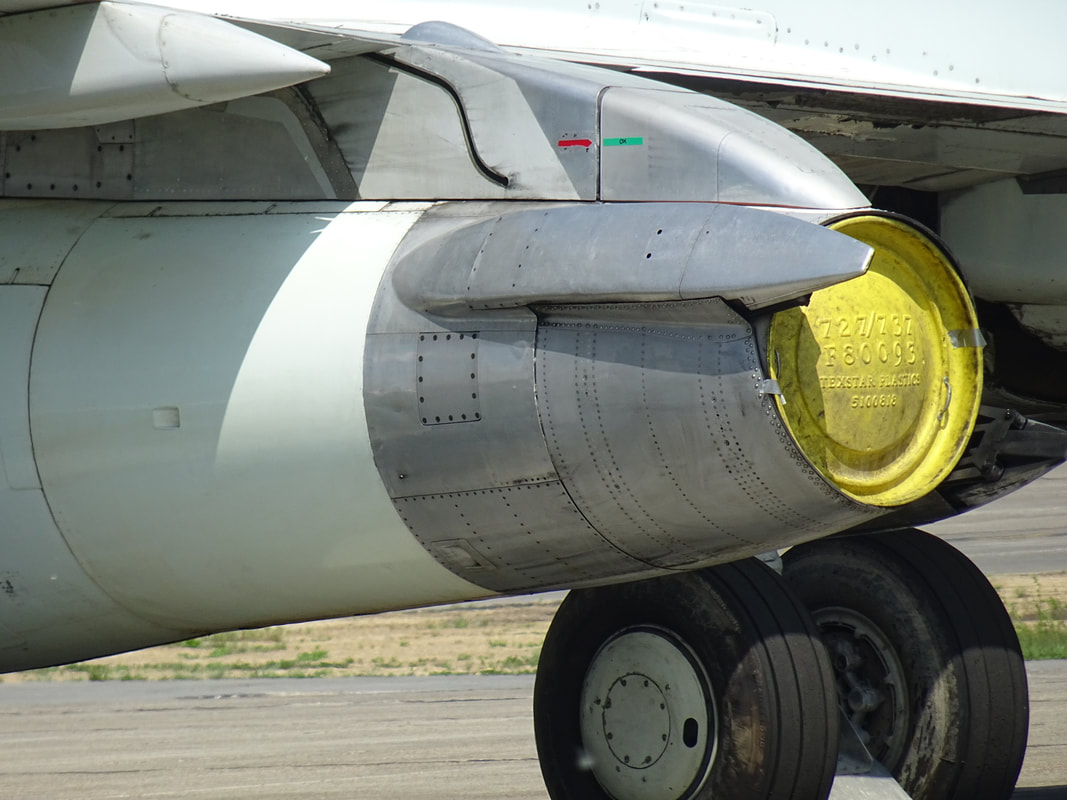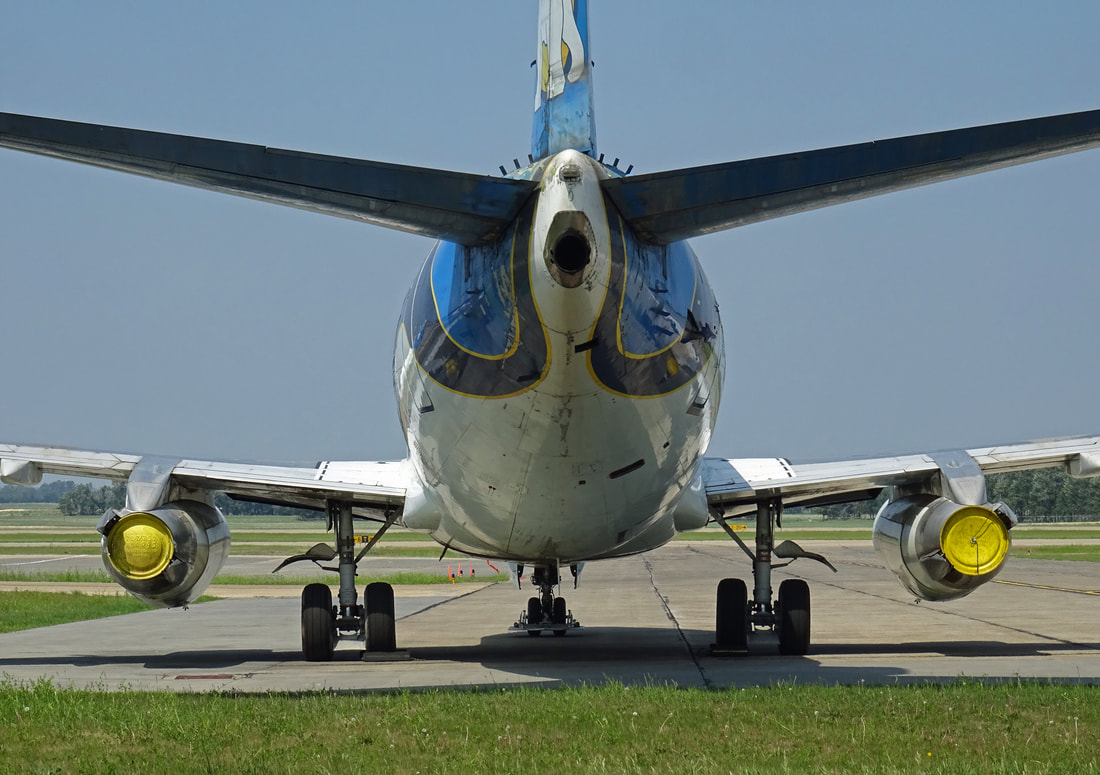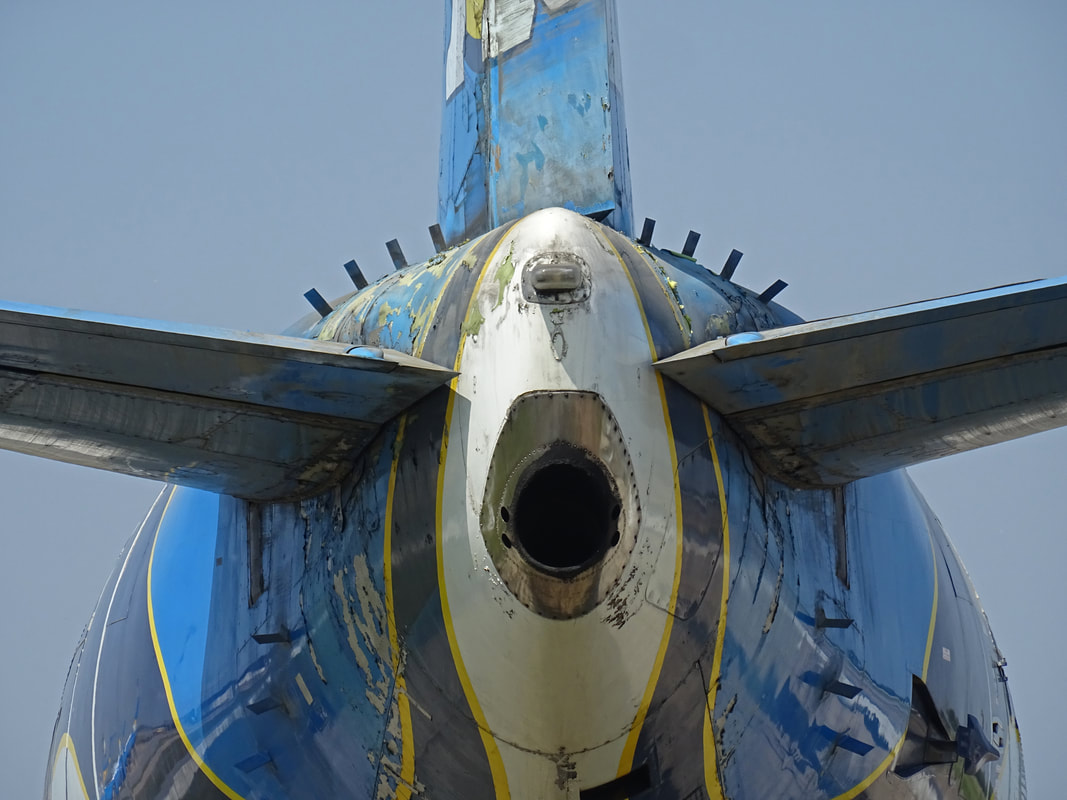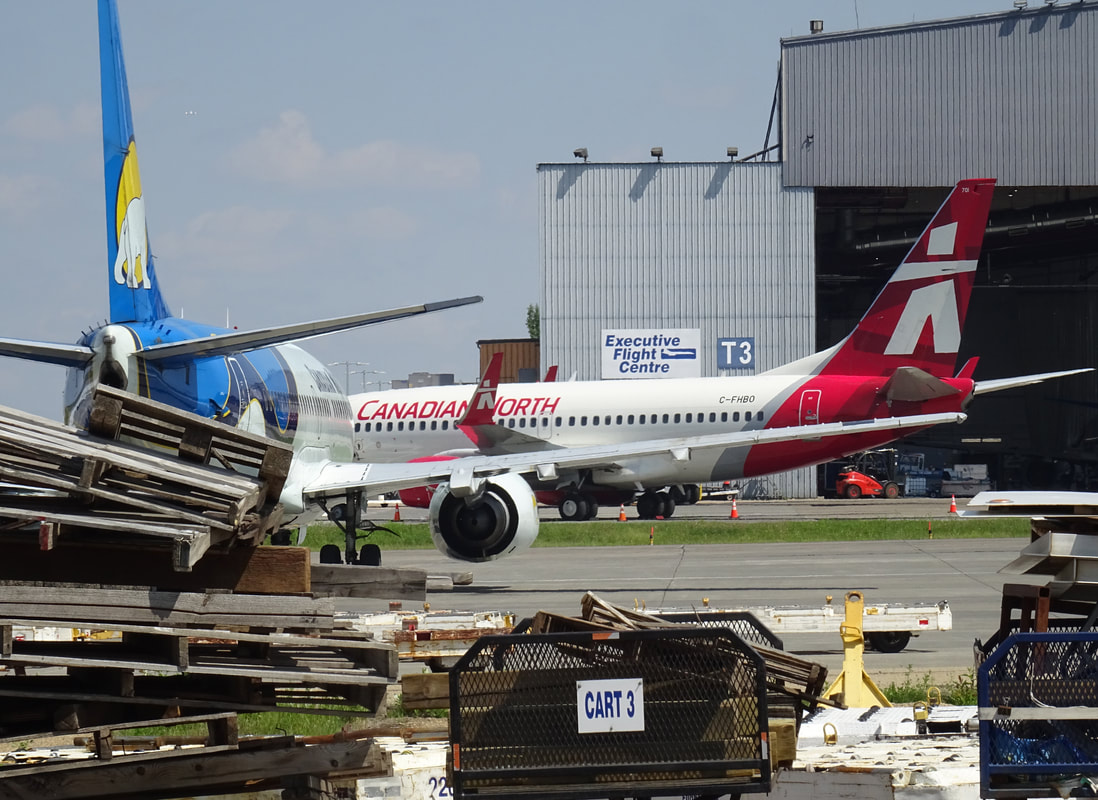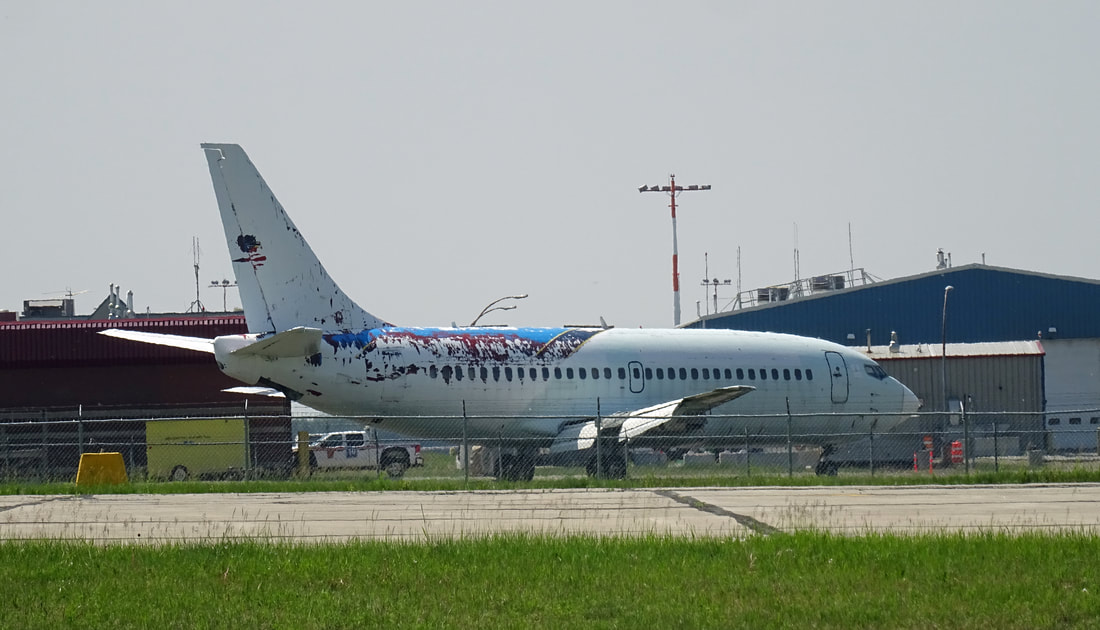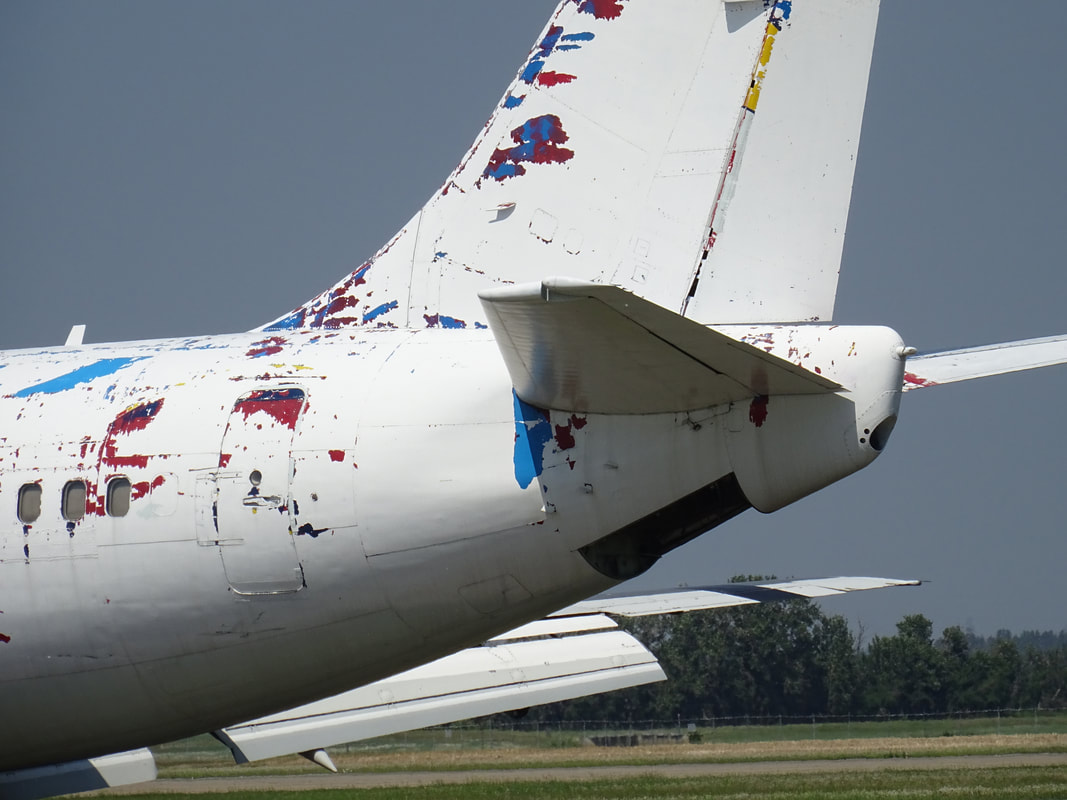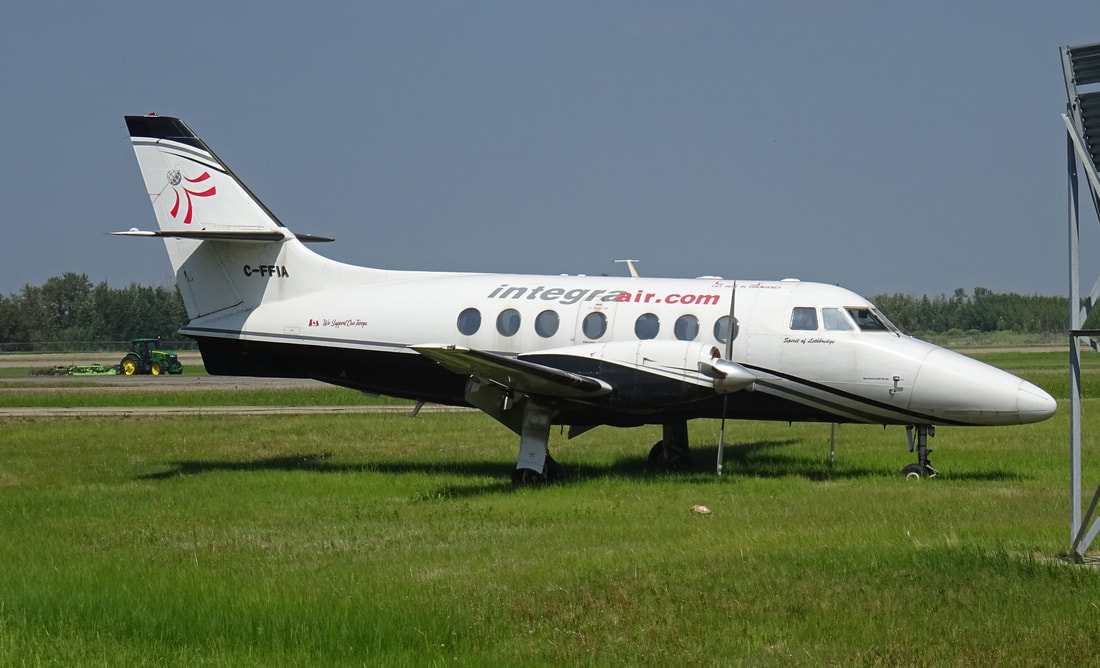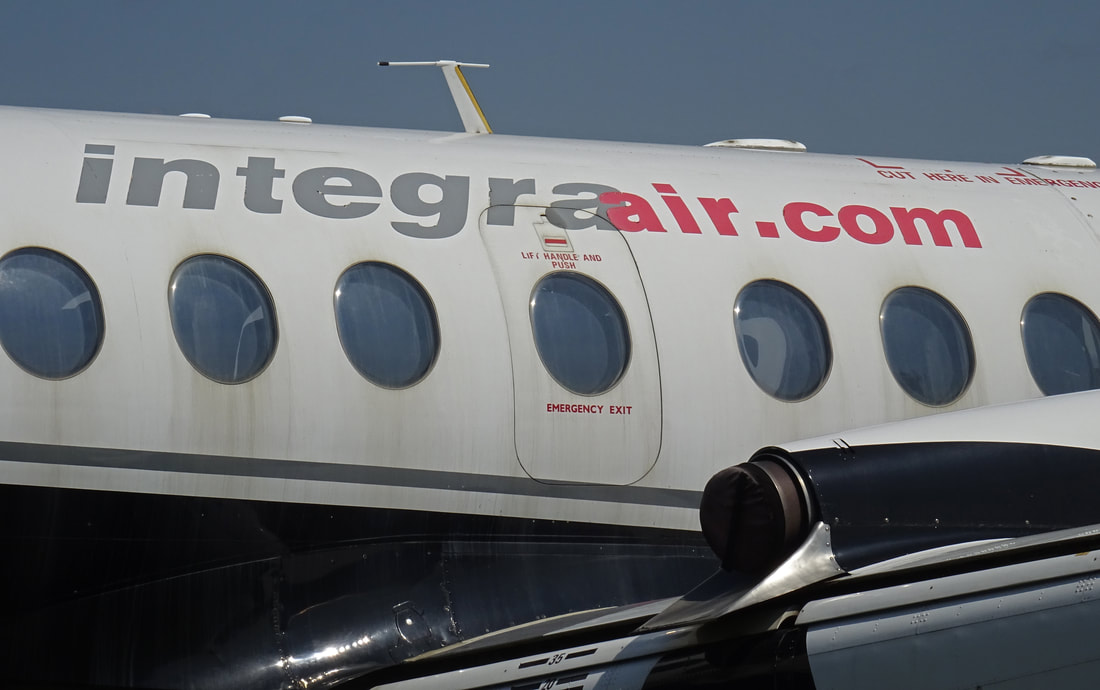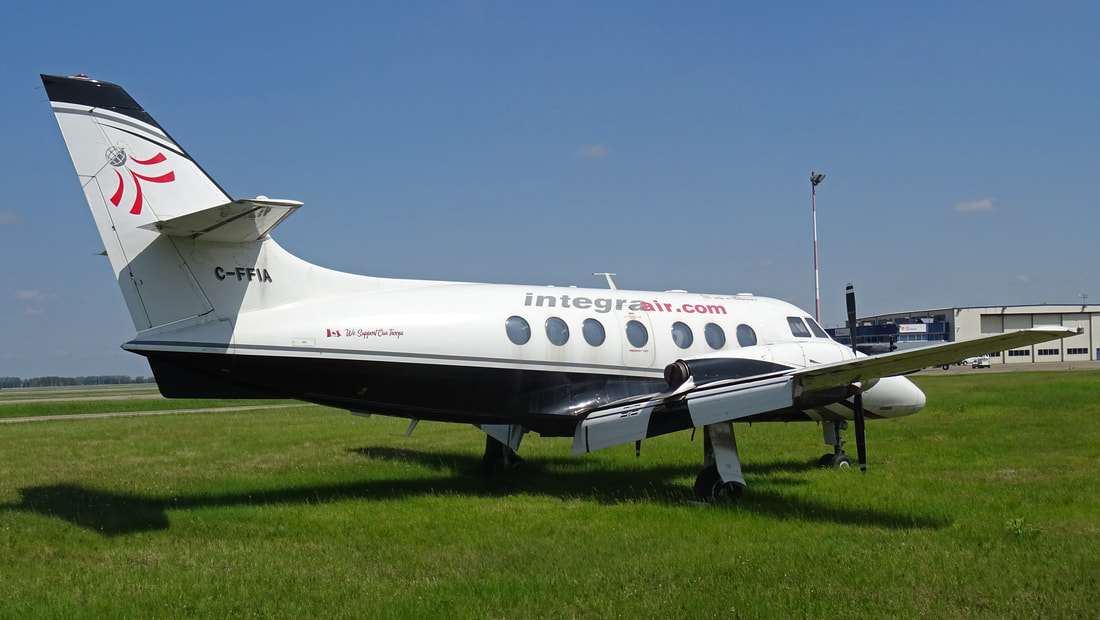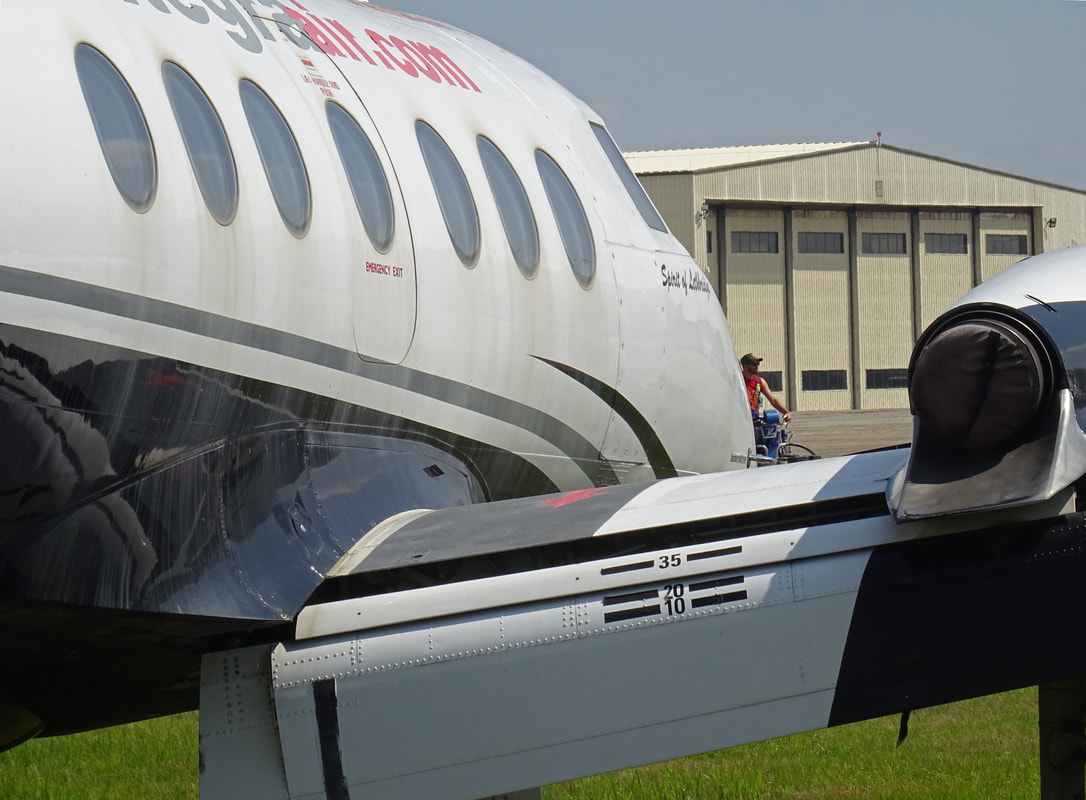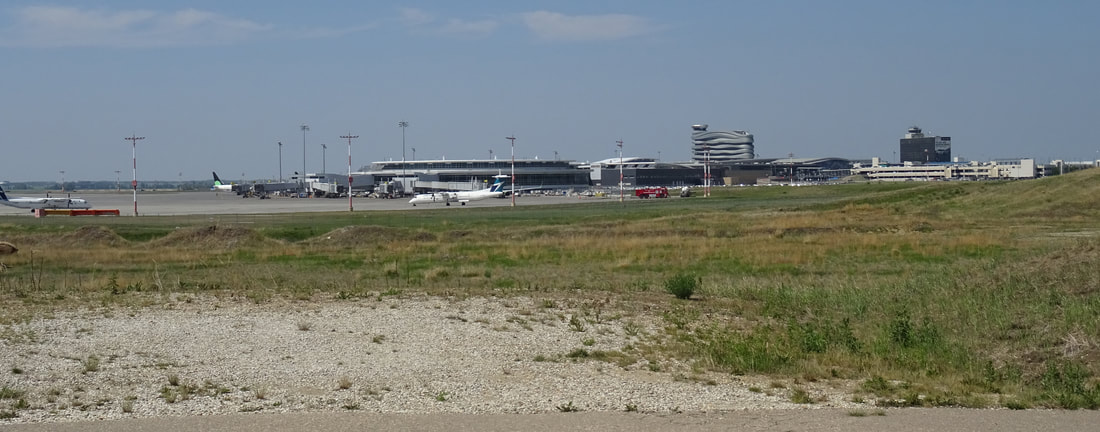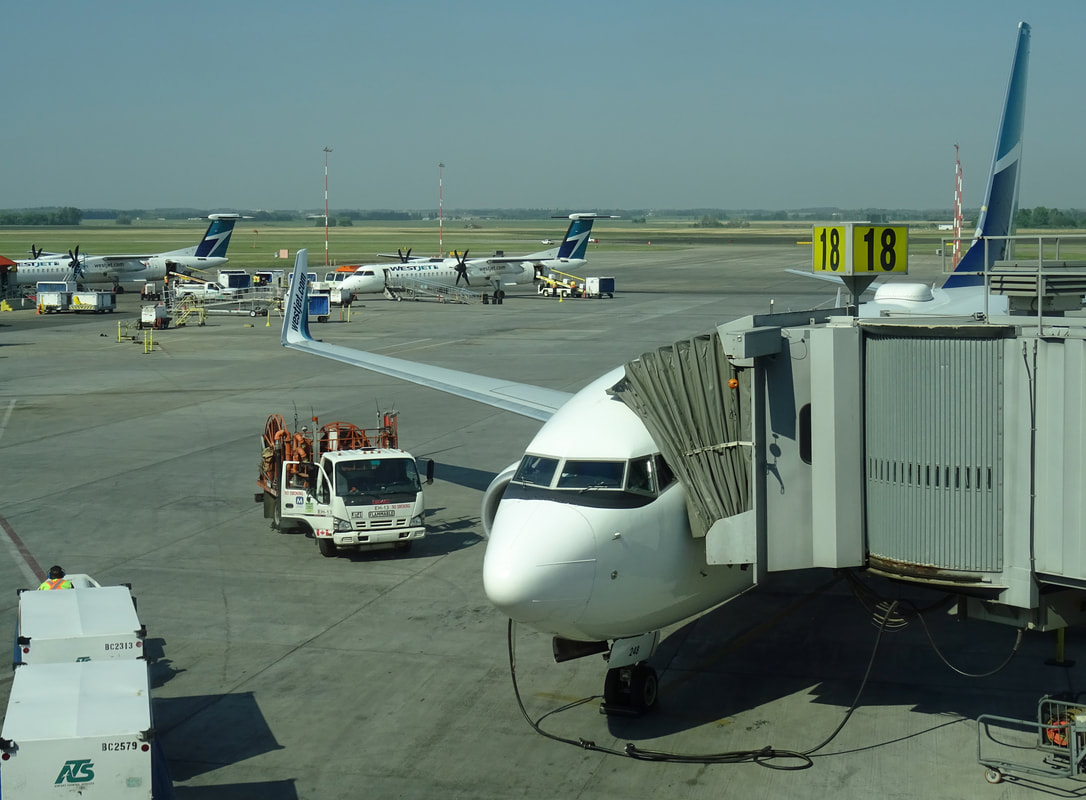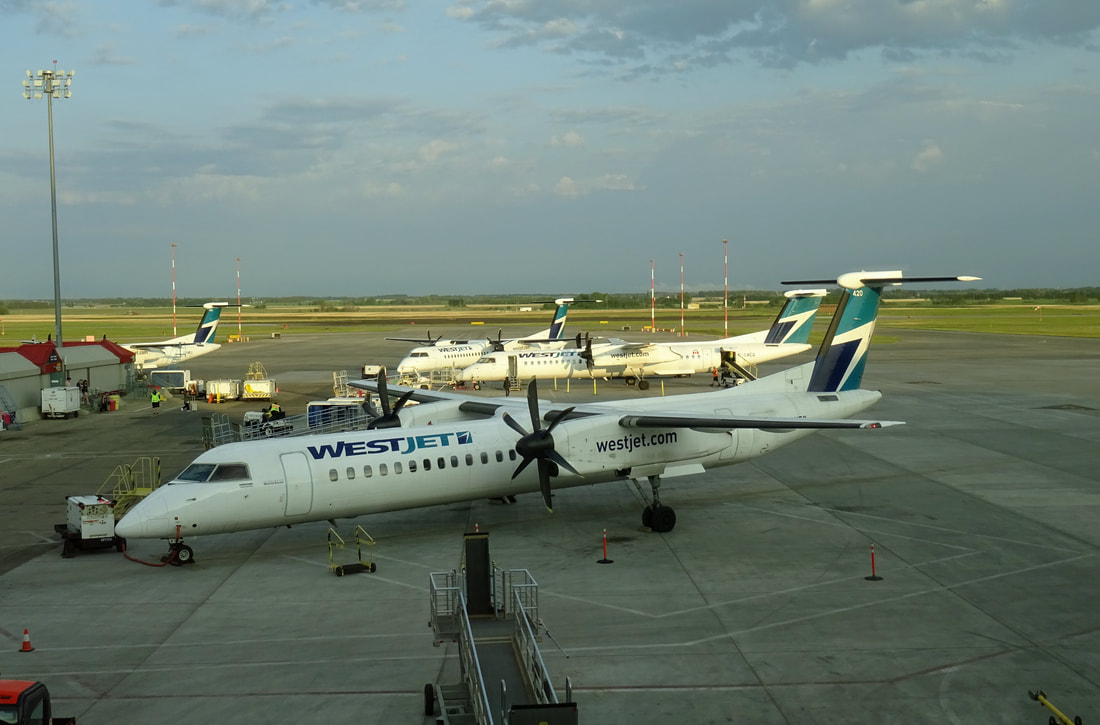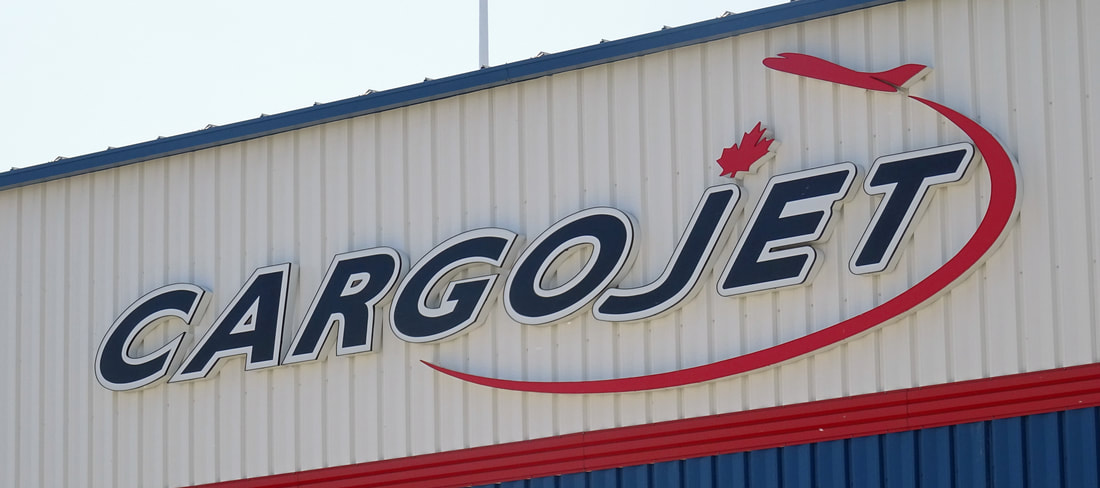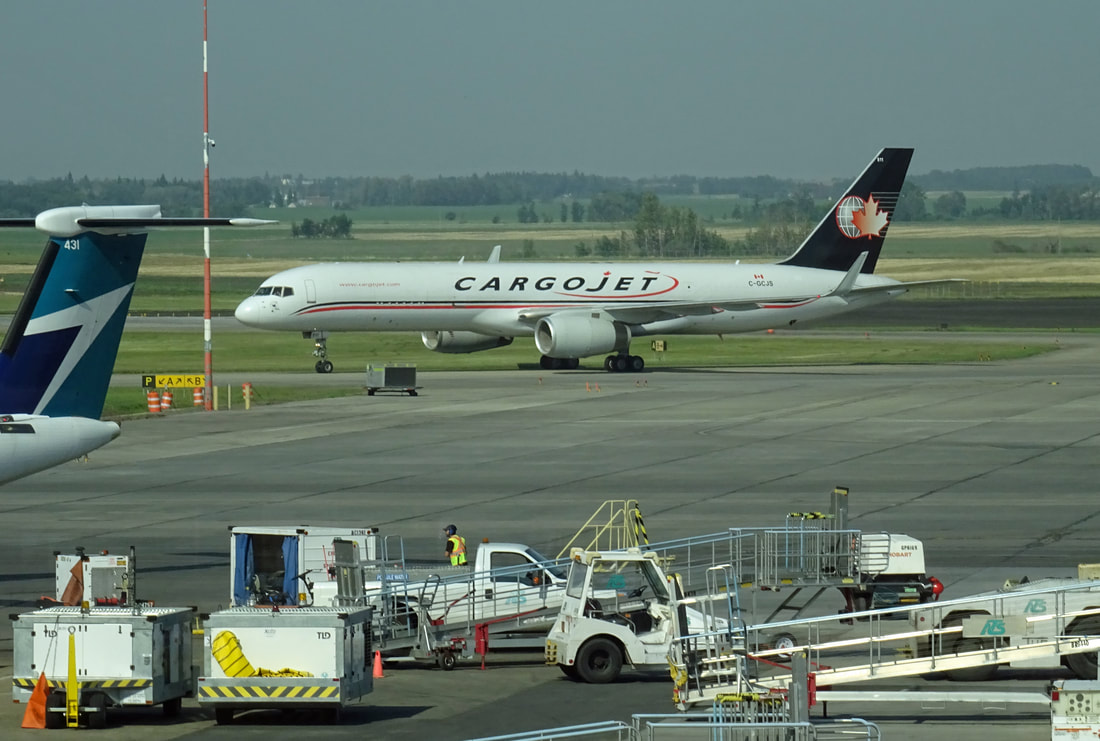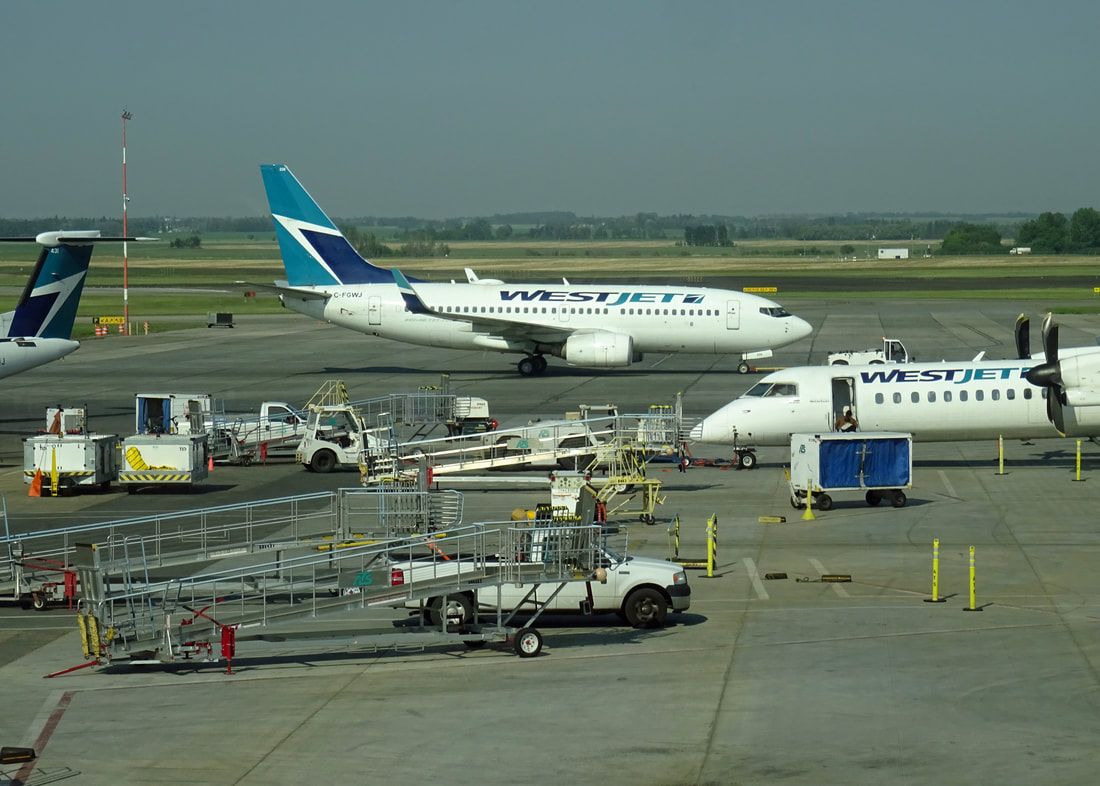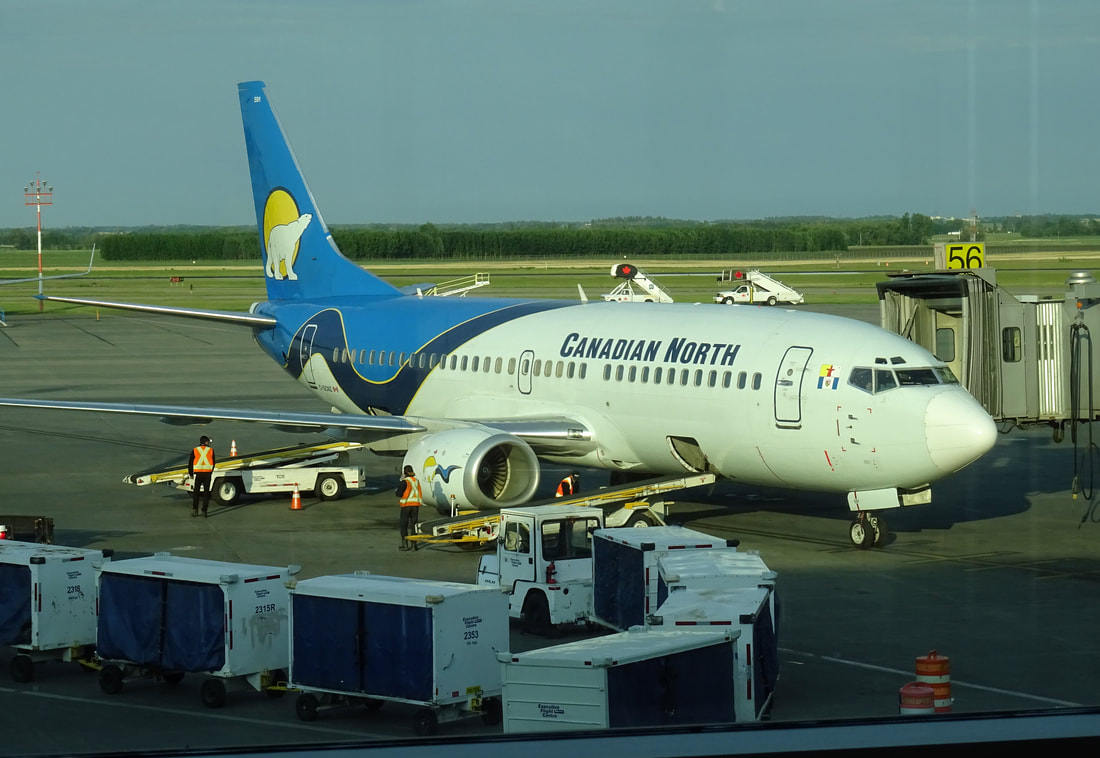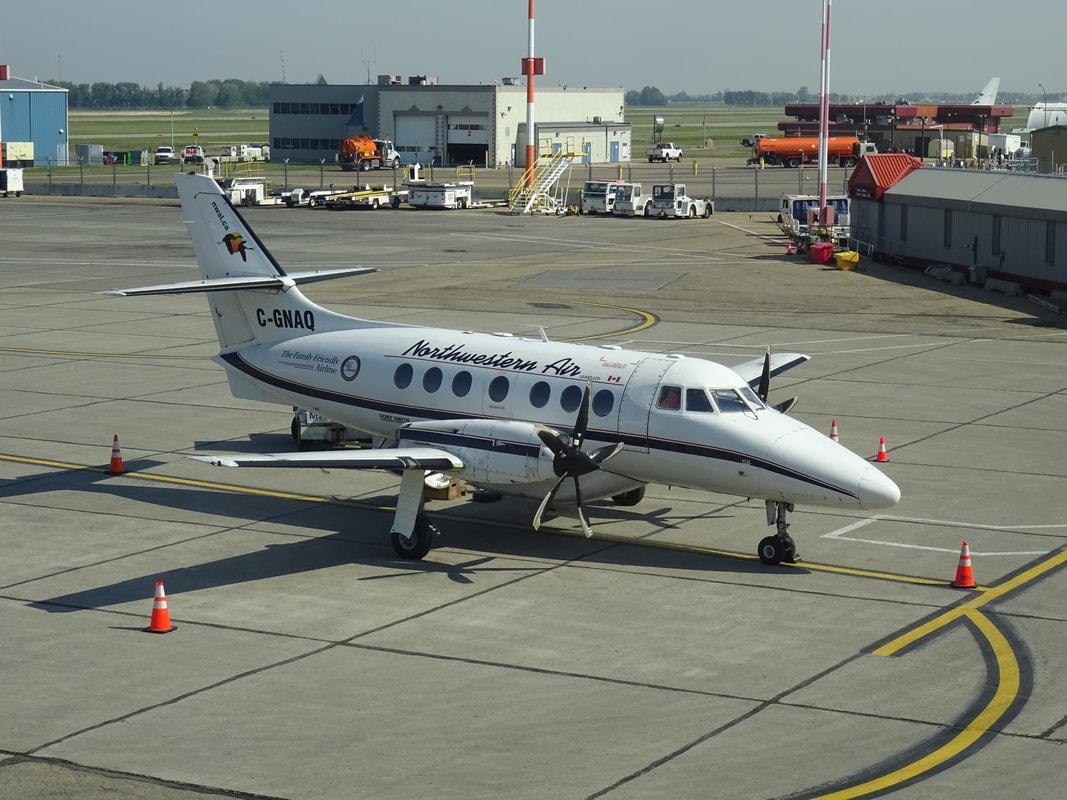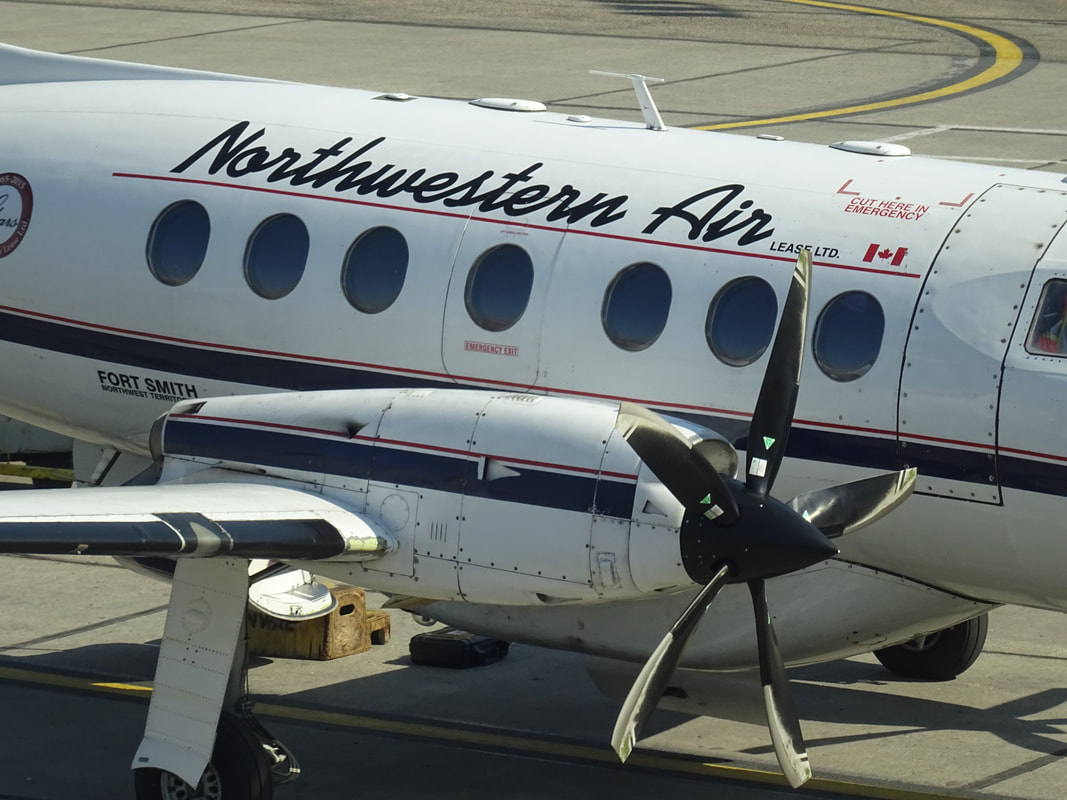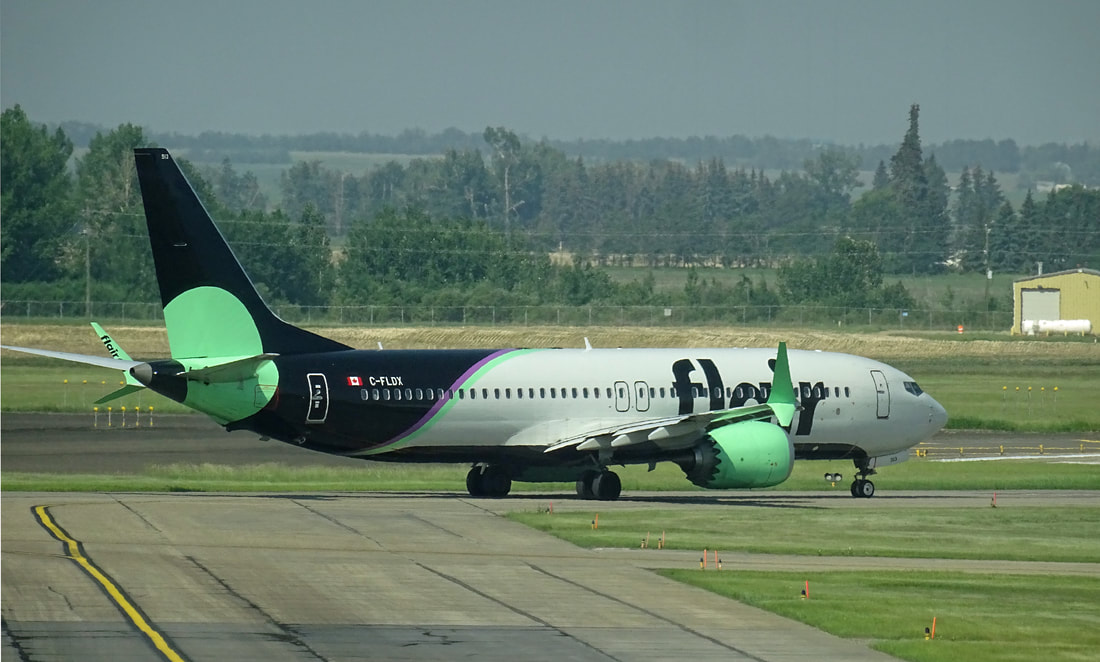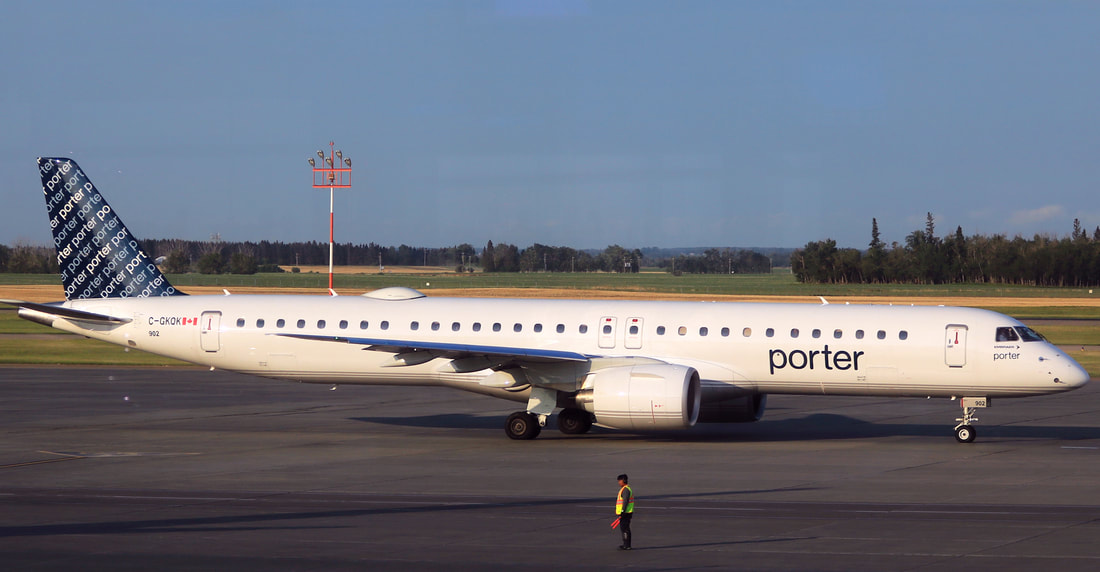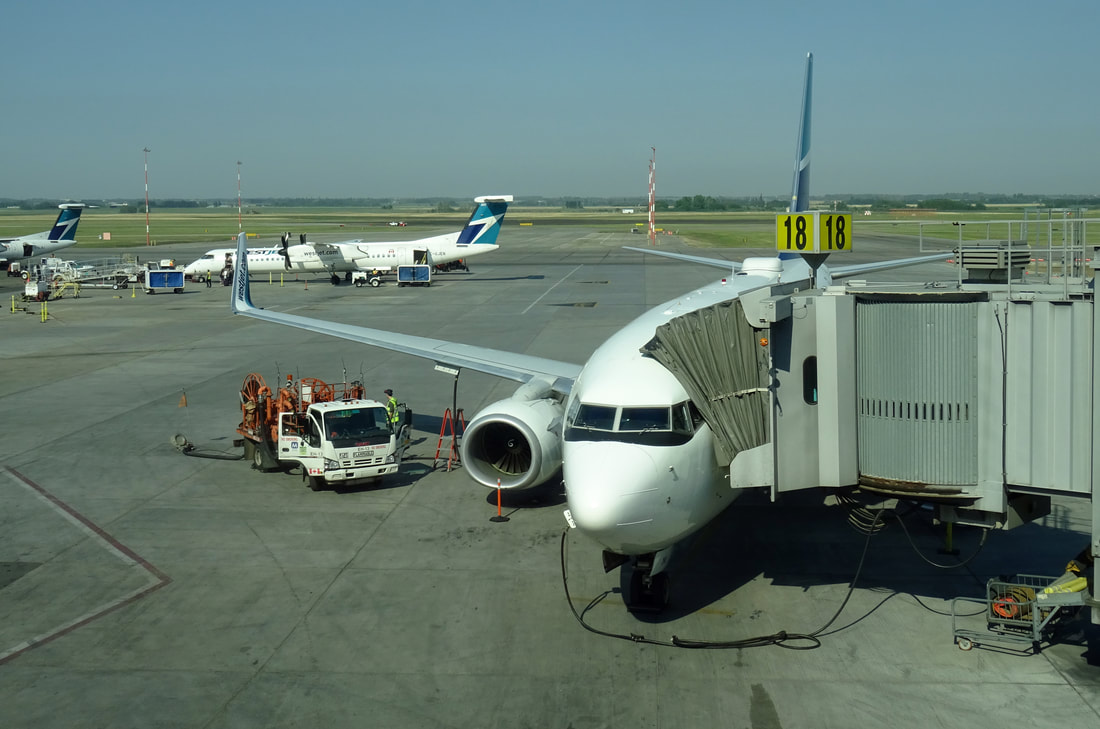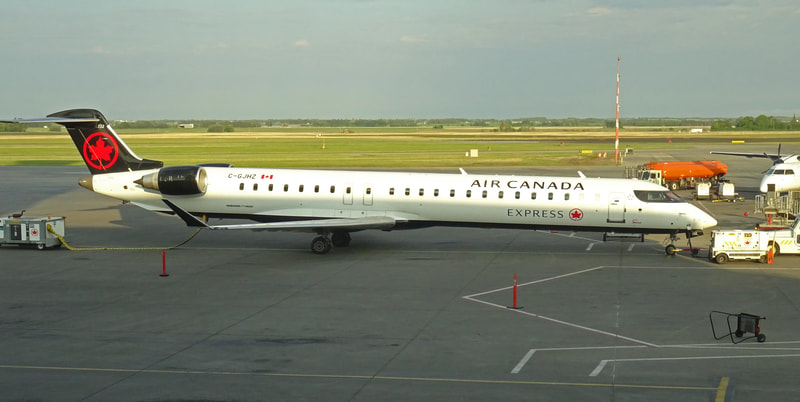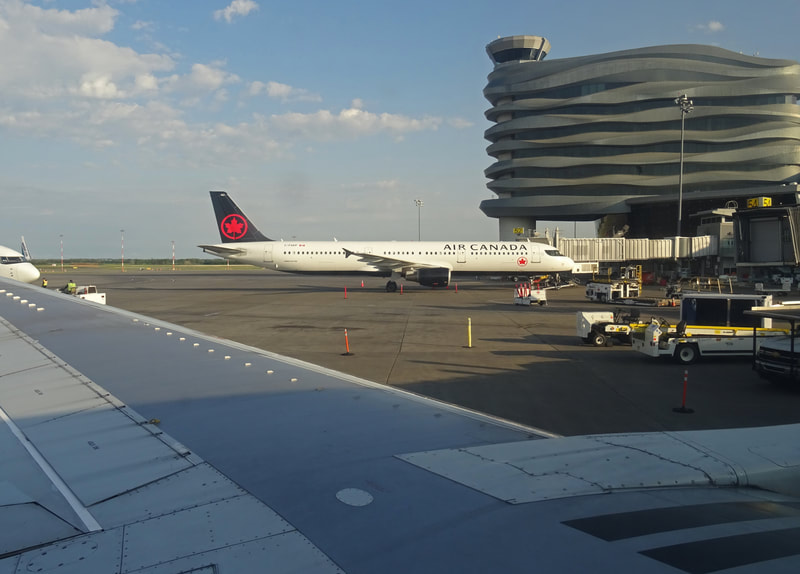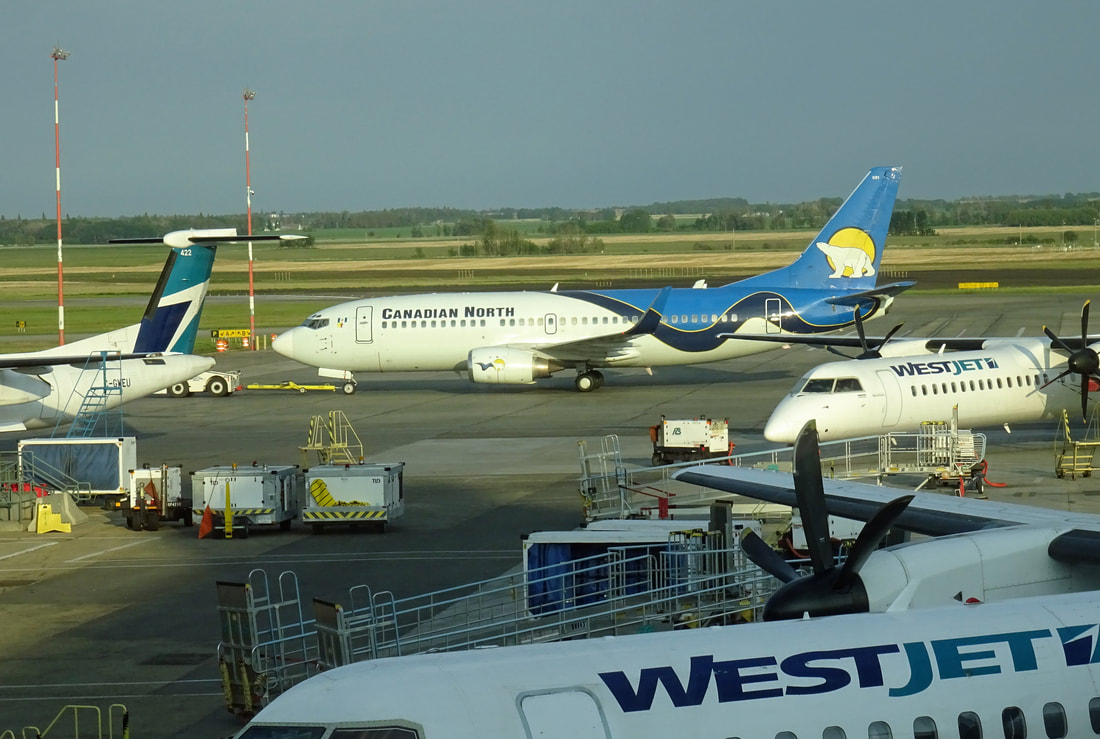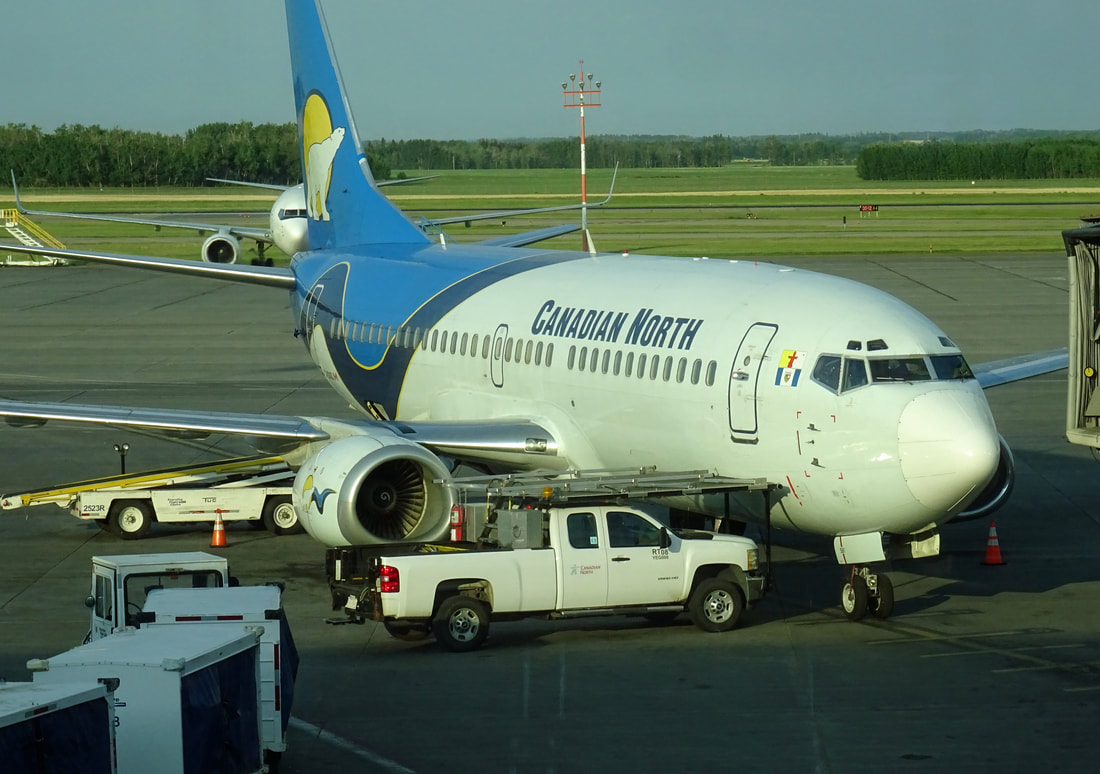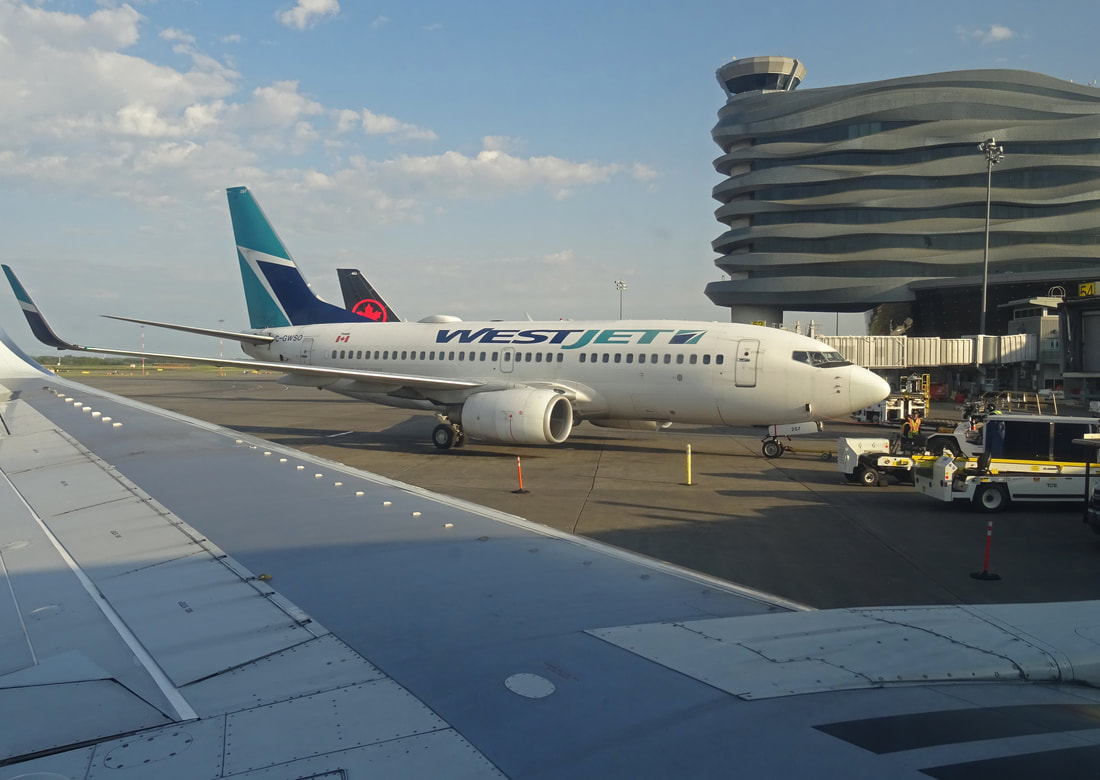A lazy Sunday at Edmonton Int'l Airport
June 2023
We started at the end of the Airport perimeter Road which is close to line-up of runway 20.
In a hangar, a well-used veteran aircraft belonging to Summit Air receives its A-check.
The, in 1995 manufactured RJ-100, started her airline career with Crossair as HB-IXV. Seven years later, in 2002, she was transferred to Swiss. Later in her career, with worked for BVI Airways and Cobham Aviation from Australia. In January 2021 she became part of the Summit Air fleet.
C-FACZ is an old RJ-100’s. She once flew for Malmo Aviation and Braathens Regional Airlines.
Looks like if C-FACZ is being cannibalized in order to return her valuable materials to the cycle.
Colorful airplanes have low resale value. Painting an aircraft in a color other than white can negatively affect its resale value as the buyer will have to repaint the plane which will further add more weight to the plane.
Parked on the ramp and awaiting her next mission on a warm Alberta Sunday at Edmonton International Airport (YEG) in July 2023, is '130610', a Lockheed CC-130J-30 Super Hercules, delivered new to the RCAF on June 4, 2010.
'130610' poses for your photographer.
Face to face picture.
Dassault Mystere Falcon 50, C-GJLB is owned by Allard Aviation Inc. and based at Edmonton Int’l.
WestJet 3586 from Victoria, on final for runway 20.
Two Canadian North Boeing 737’s classics outside the company hangar at Edmonton, Alberta.
Those aircraft had finished there day’s work by lunchtime and moved to a quieter part of the airfield.
Canadian North hangar at Edmonton Airport.
Boeing 737-700 C-FHNN of Canadian North is a former WestJet ship. She was delivered to the Canadian North in January 2022.
Canadian North Cabin Trainer was originally delivered on the first day of November 1982 to CP Air as C-GKCP.
Canadian North was established in 1989 as a subsidiary of Canadian Airlines, specifically to serve northern Canadian communities' needs.
On November 1, 2019, First Air and Canadian North completed their merger and combined schedules into one, using the code 5T.
The airline is operating as 5T/AKT, callsign "Arctic."
As of December 18, 2021, operations are under the Canadian North name with a new livery.
C-FHBO is a former WestJet ship.
The Stone-man (Inuksuit) symbol has been historically been used for navigation, as a point of reference or a marker for travel routes,
C-GCNZ Boeing 737-300 getting towed to the hangar after a flight from Fort MacKay.
C-GCNZ nosing up to the camera on the ramp at Edmonton.
Canadian North 737 on push back at Edmonton.
The old logo displays three of the distinctive symbols of the North: the polar bear, the midnight sun and the Northern Lights.
Canadian North Boeing 737-300 C-GCNZ is towed across the sunny Edmonton ramp.
This aircraft, came-off the Renton line in October 1997 and was delivered to Varig that same month. After six years the 737 was sold to Shandong Airlines in China. Eight years later she came on Canadian registration as C-GCNZ and became part of the Canadian North fleet.
‘November Zulu’ is seen towed on a sun-drenched ramp on a lazy summer afternoon at Edmonton International Airport.
C-GCNZ on a lazy, hot summer afternoon.
It was a warm and beautiful June 2023 afternoon when I photographed these Canadian North 737’s at the company ramp in YEG.
Yes, I know ... far too much pics C-GDPA, but I consider the 'Baby Boeing' a piece of art!
C-GDPA was the main reason for the Oldjets.net management team to visit Edmonton.
The airplane of my youth ... extreemly loud and a good smoker!
The aircraft made its last scheduled flight with passengers on May 6, 2023.
Check out the gravel kit and the JT8D with a an air blower on the front.
Lufthansa launched the 737 with an order for 22 737-100's in 1965 and United Air Lines lent its much-needed weight behind the programme in April of the same year by ordering 40 737-200's. Sale were slow, however, for several years and even up to the mid-1970's, Boeing considered cancelling it.
Boeing’s Baby Jet, the 737, came close to being cancelled before it even flew and yet it has become the best-selling jetliner in history. Boeing was wary of proceeding with it because the Douglas C-9 and BAC One-Eleven had already been launched and between them had amassed hundreds of orders.
The 737 has a good short-field performance thanks to high-lift devices on the wing and bucket-type thrust reversers. When it was first tested, however, the 737 was fitted with 727-style reversers which proved ineffective. The re-design cost $24 million but gave the 737 a dramatically improved short landing runs. This helped promote sales to carriers, who needed a rugged jet to operate from short strips.
Boeings finest performed as advertised in the 70's and 80's.
This tired old aircraft has a lot of external doublers and the patching is clearly visable on many places.
Boeing was considering a T-tail design for the 737, which would have ad aft-mounted engines like the DC-9. It rejected this in favor of the then novel under-wing design because the tail-mounted engines would have created more drag, thus slowing the 737. In addition, the new change reduced the structural weight and complexity of the wing as the weight of the engines provided bending relief by counteracting the upward force on the wing during flight.
The advanced 737-200 was an improved version introduced in 1969. Refined aerodynamic and other refinements, permitting short-field operation.
The 737-200 pencil shaped engines were very distinctive for the type.
The 737-200’s JT8D’s were very efficient … in turning kerosene into noise.
Canadian North retired their last Boeing 737-200 by early 2023, replacing it with turboprop aircraft with similar gravel runway capabilities.
The -100 did not have VG’s, and kind of cork screwed through the air, making pax in the rear cabin air sick (Info: Mark Krotz).
There are four vortex generators on each side of the rear fuselage above the horizontal stabiliser. The 737-200's also had three vortex generators below each stabiliser. They were probably installed to energise the airflow at the stagnation point at the tailcone, thereby reducing drag and giving a slight performance advantage.
This Baby Boeing was originally delivered to Delta Airlines as N302DL in 1983. In May 2008 she was exported to Canada for a second career with Canadian North as C-GCNV. In 2014 her service life was over and she finally ended in a forgotten corner of Edmonton Airport.
The original 737 concept was for a navigation trainer for the USAF.
C-FFIA is a Jetstream 31-3101.
Integra Air offered chartered and scheduled flight services, as well as air ambulance medevacs services, out of Calgary, Alberta, Canada. The airline ceased operations on August 31, 2018.
Jetstream’s were built by British Aerospace.
Final assembly took place in a factory at the Radlett aerodrome, UK.
C-FFIA was delivered new to Westair Commuter Airlines in July 1989.
Overview of Edmonton International Airport on June 3, 2023.
A typical Edmonton Airport scene.
Parked on the ramp and loading passengers on a warm Alberta spring day at Edmonton International Airport (YEG) are these Westjet Dash 8’s.
C-GCJS taxis out for another Edmonton freight departure.
C-GCJS was originally delivered to Balair in April 2000 as HB-IHR. The 757 passed through a succession of owners, including Air Berlin and Thomson Airways, before ending up with Cargojet Airways in August 2022.
C-GCNZ between flights at her Edmonton base.
Northwestern Air Jetstream C-GNAQ is seen here parked and waiting for her passengers with destination Forth Smith.
Sunwest Dash-8 C-GYUP morning departure to Bonnyville.
Flair 737-800 MAX is seen taxing out for departure on a pleasant June day.
Photo's: Michael S. Prophet.
Boeing 737-700 C-GUWJ is one of a number -700's operated by WestJet on the company's network.
Canadian North getting towed to the gate in preparation of her flight to Yellowknife.
Canadian North Boeing 737-300 at Edmonton, Alberta on June 3, 2023, preparing for the morning departure to Yellowknife.
Our flight 5T/244 prepares for departure from YEG to YZF.
- The End -
